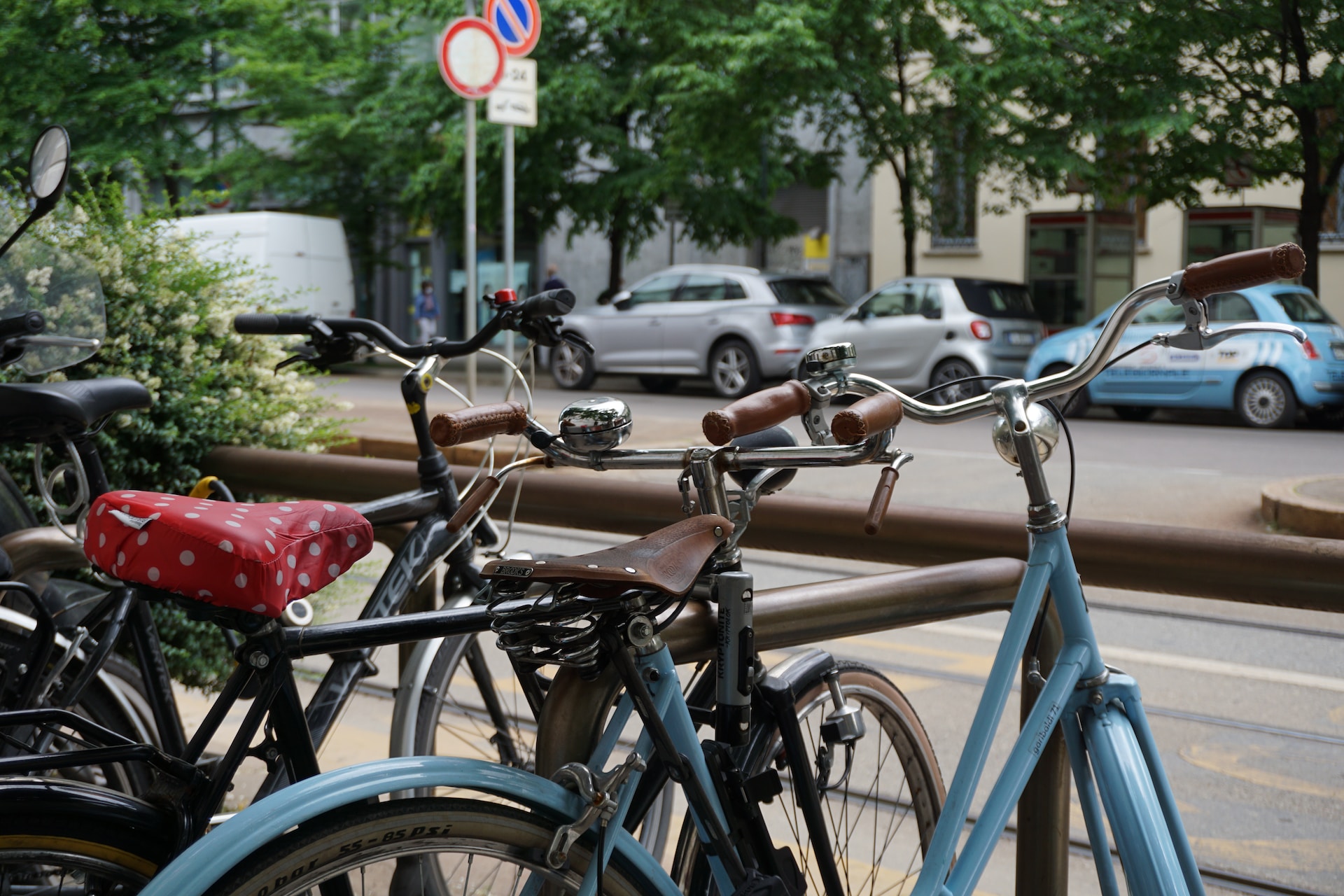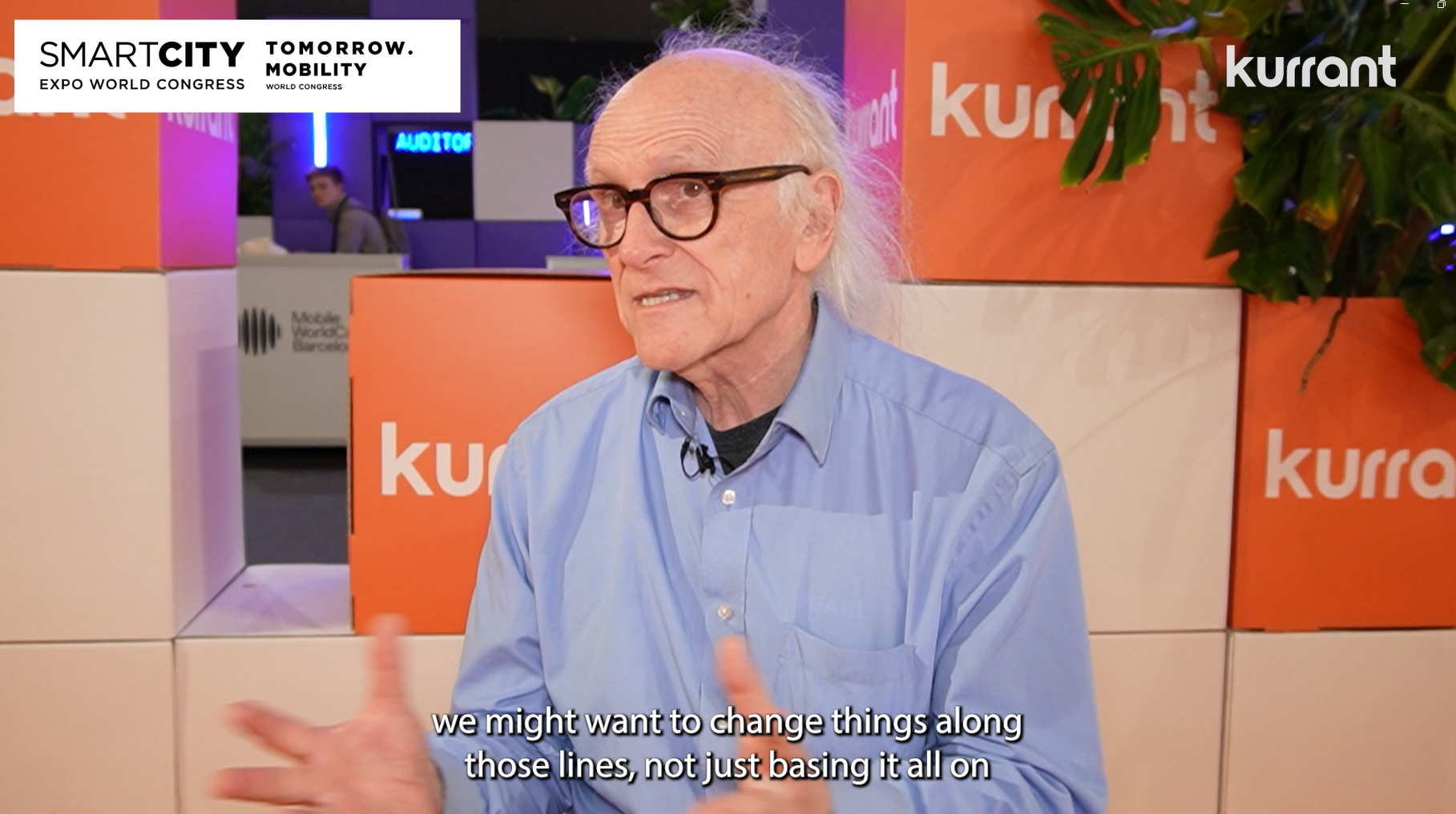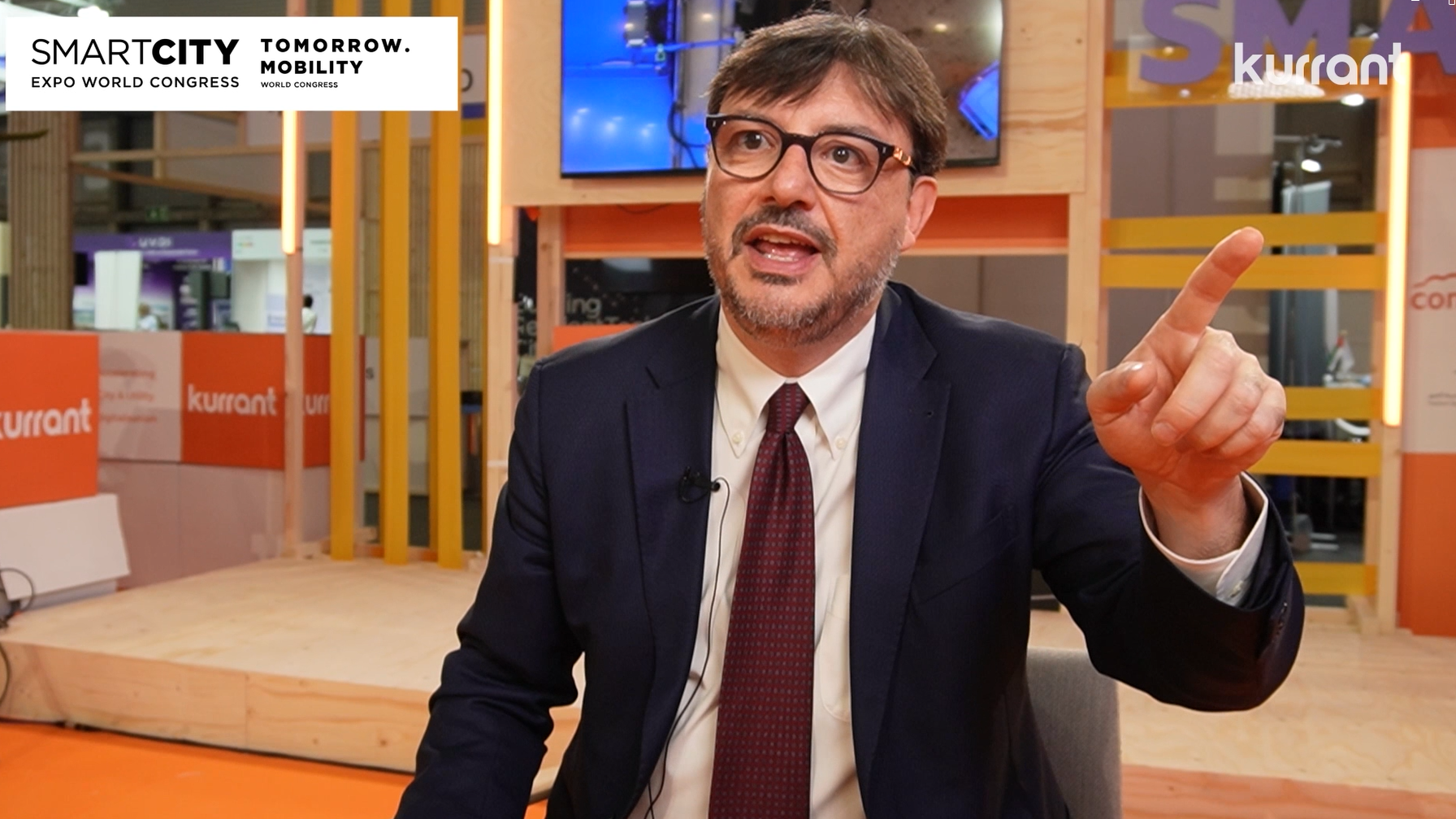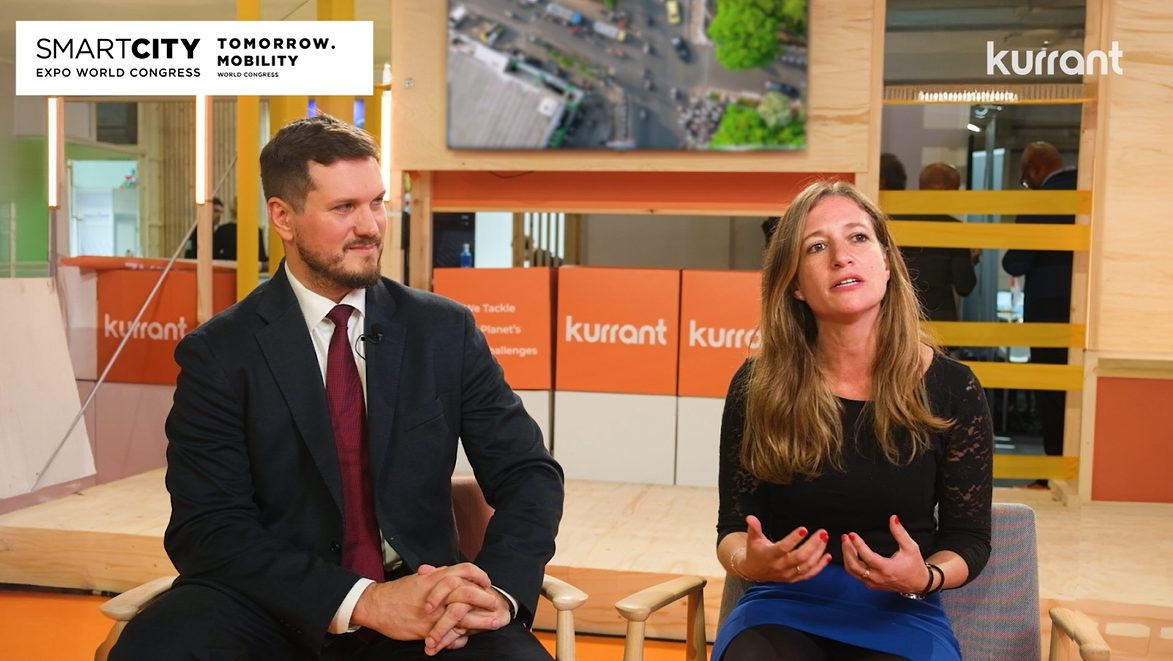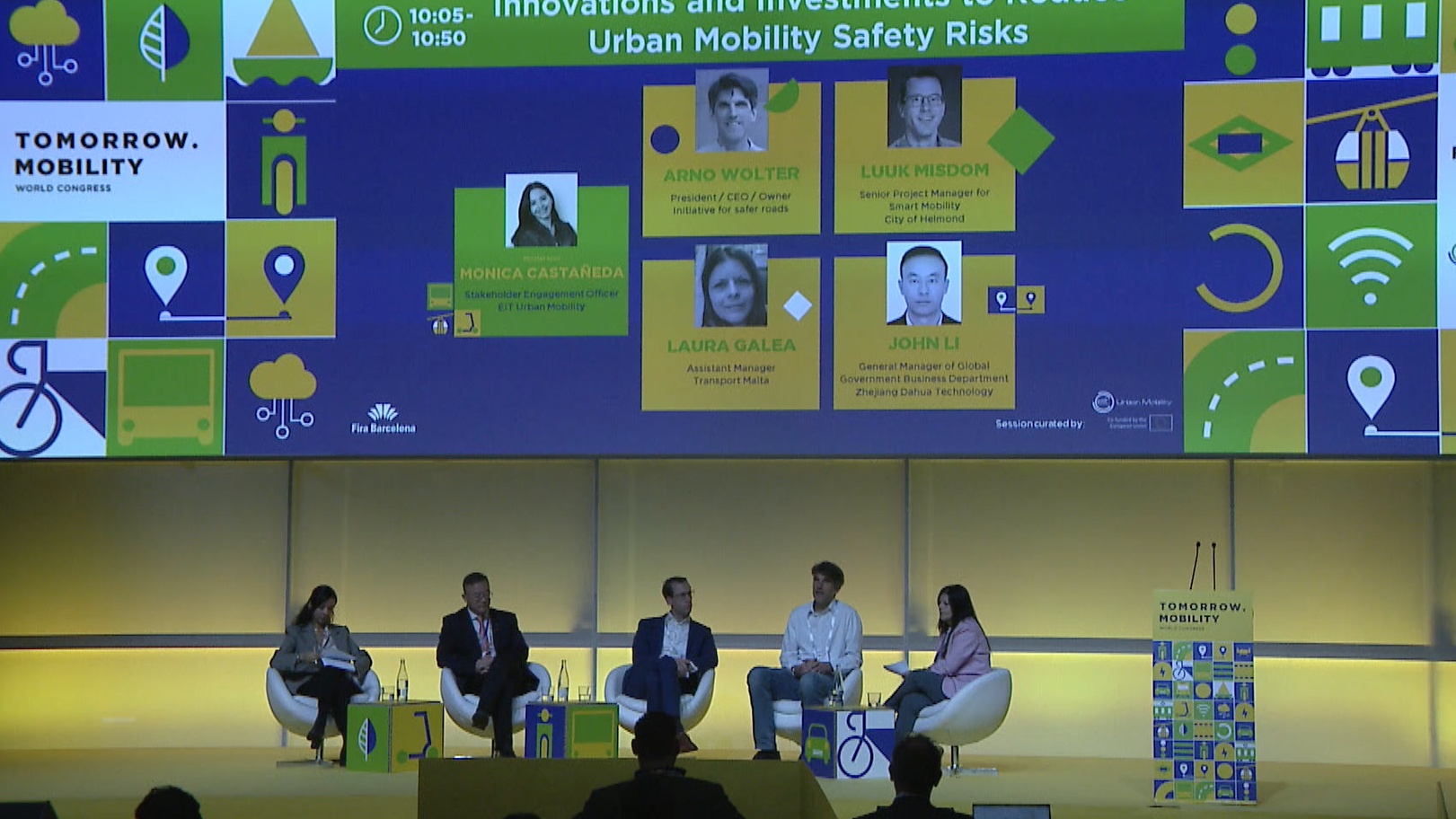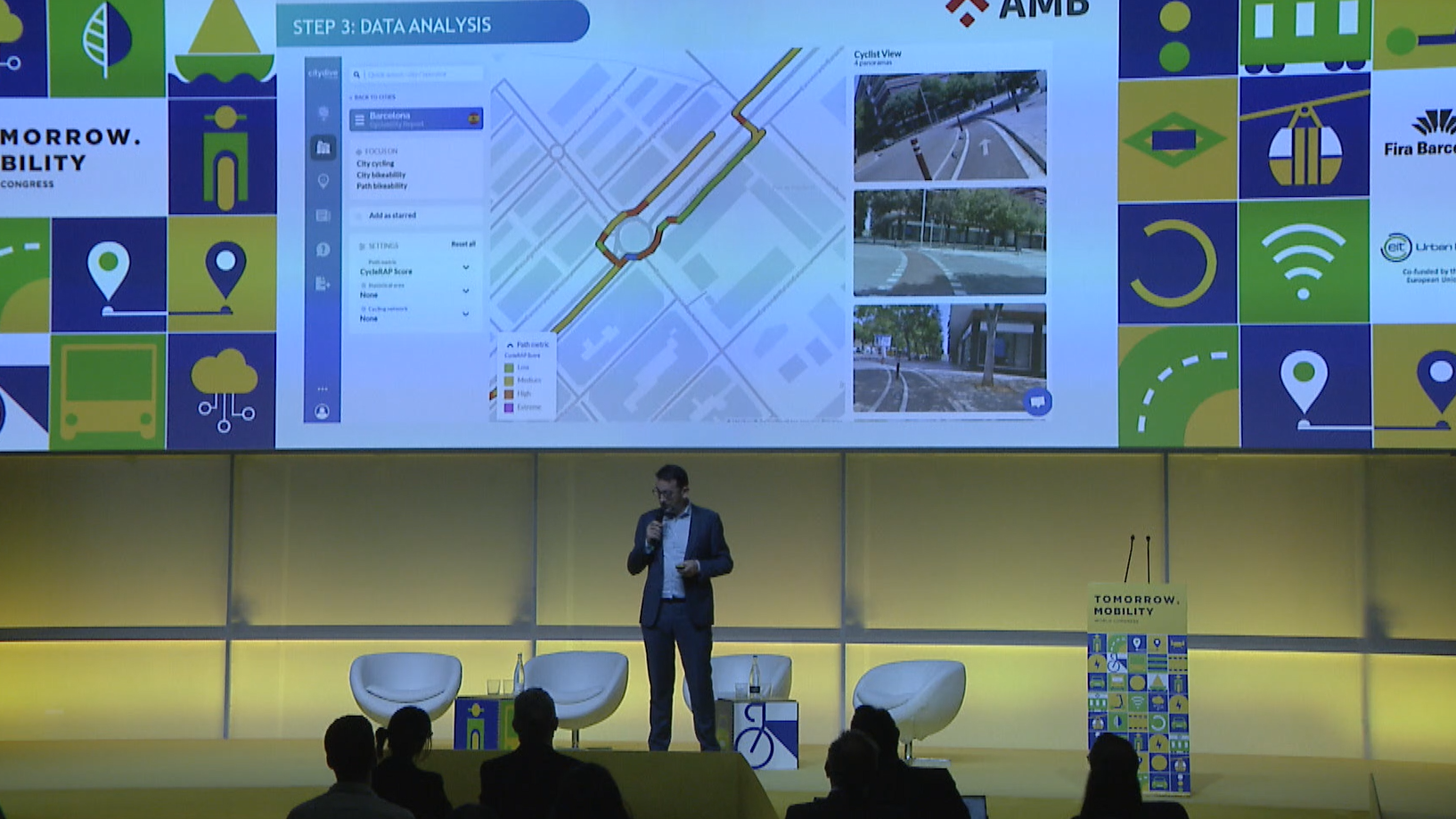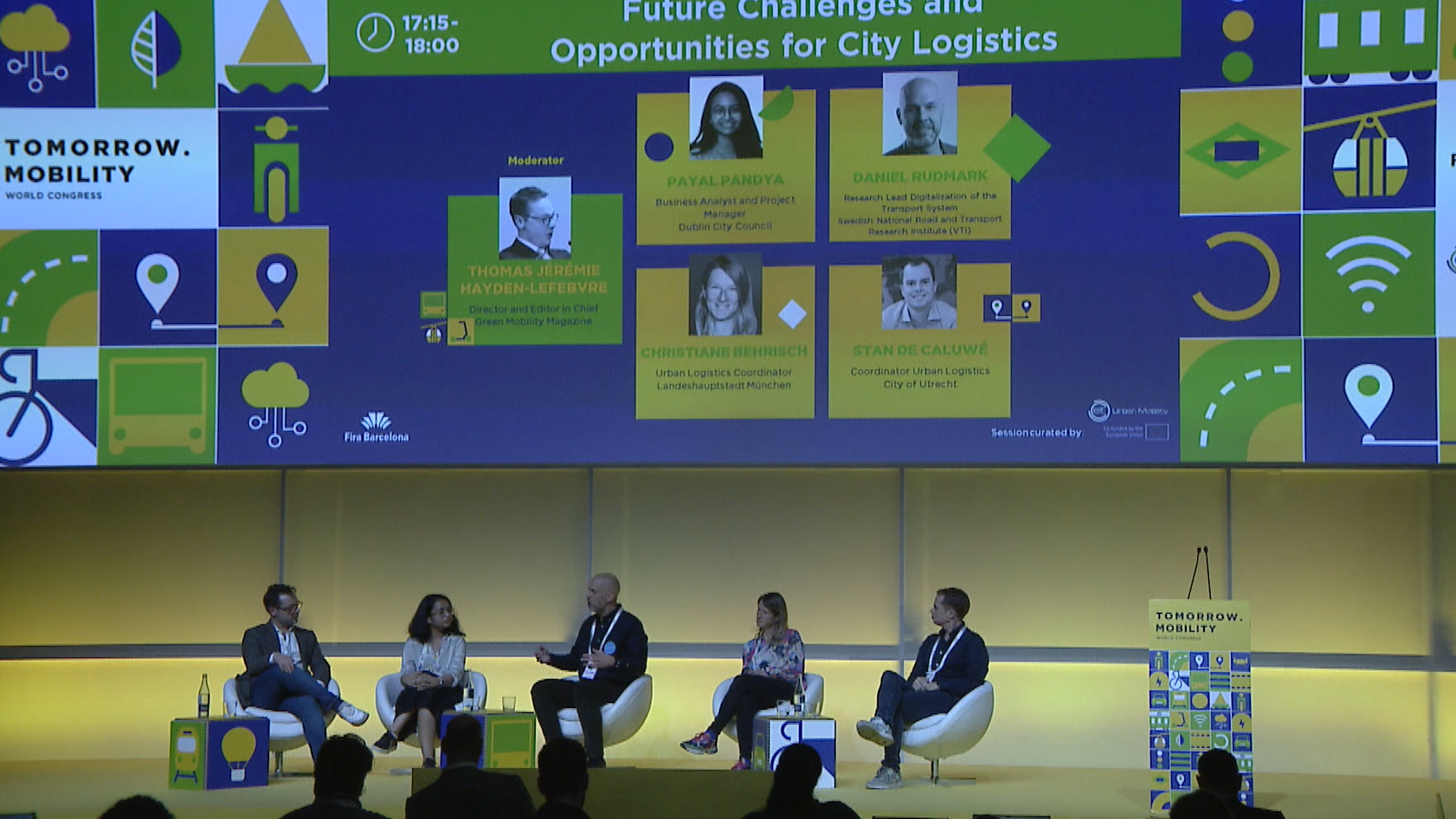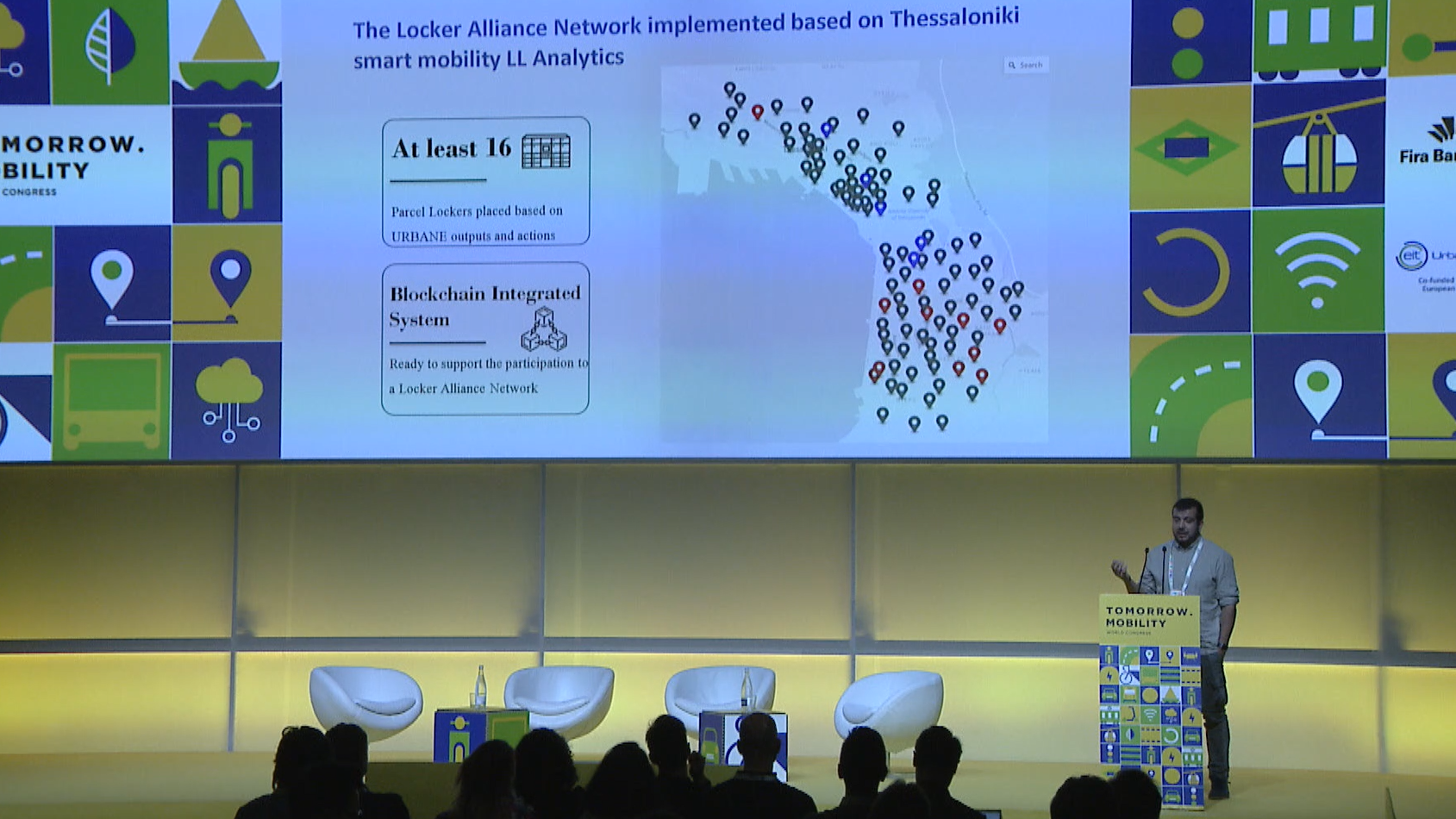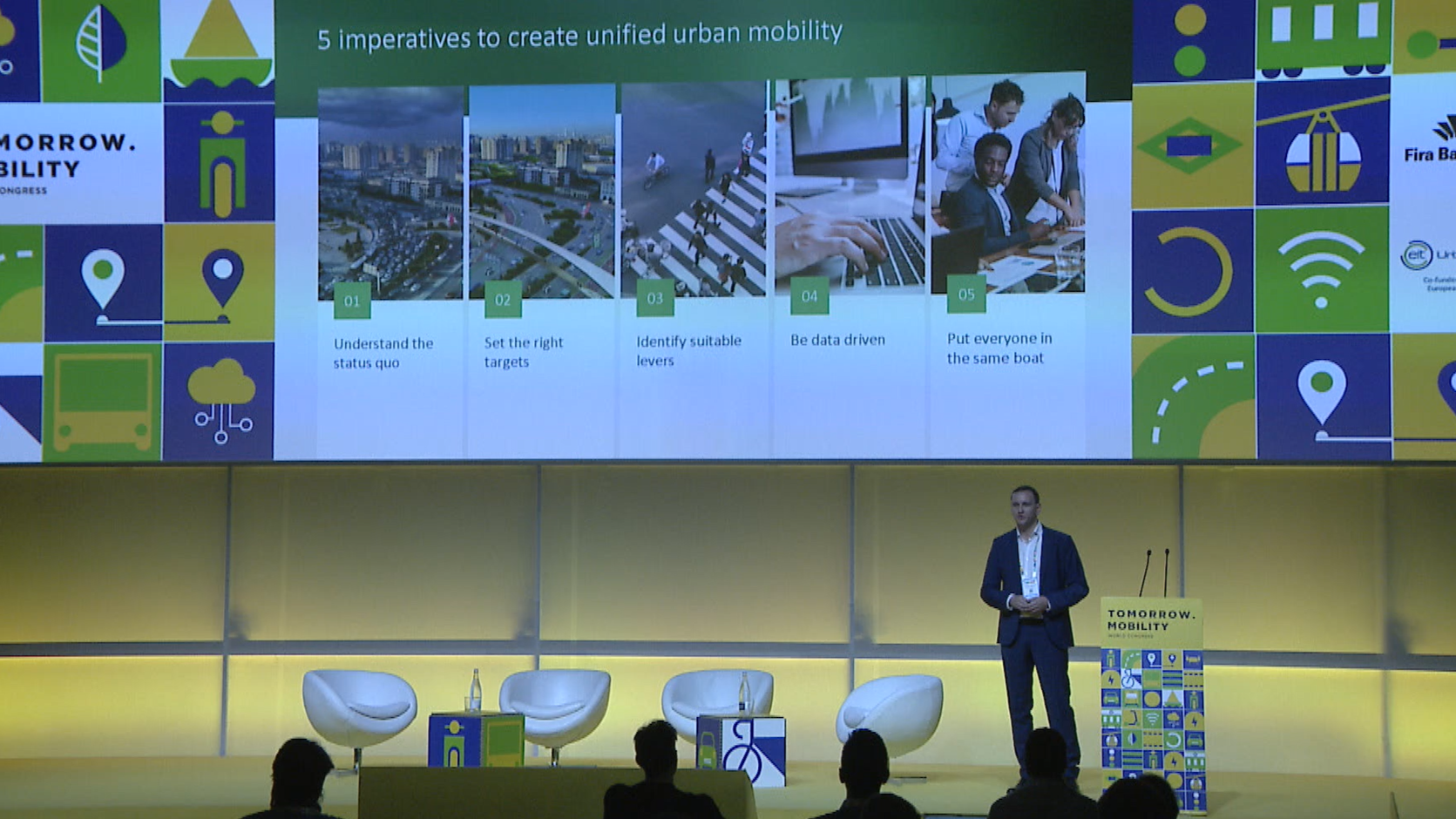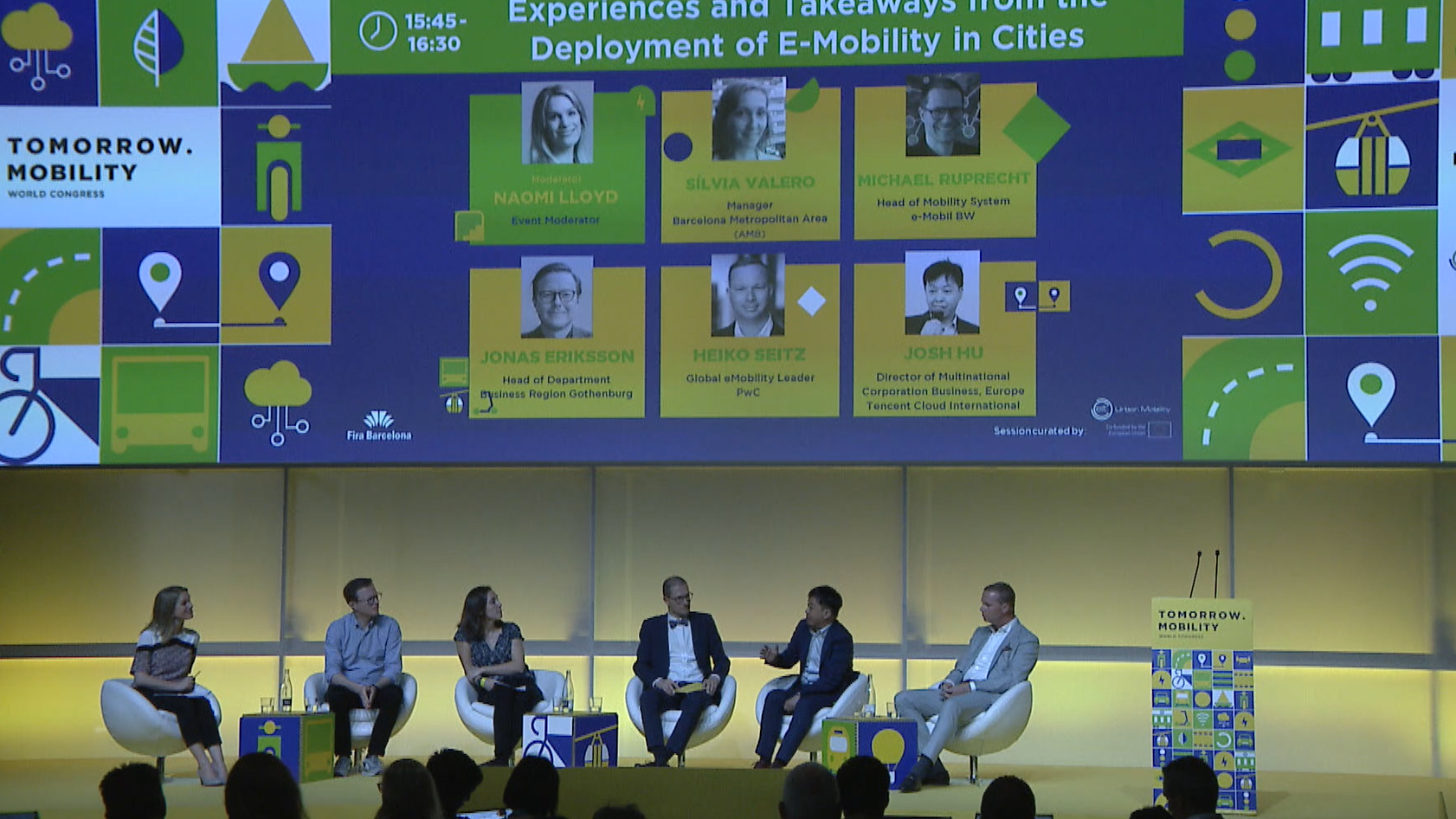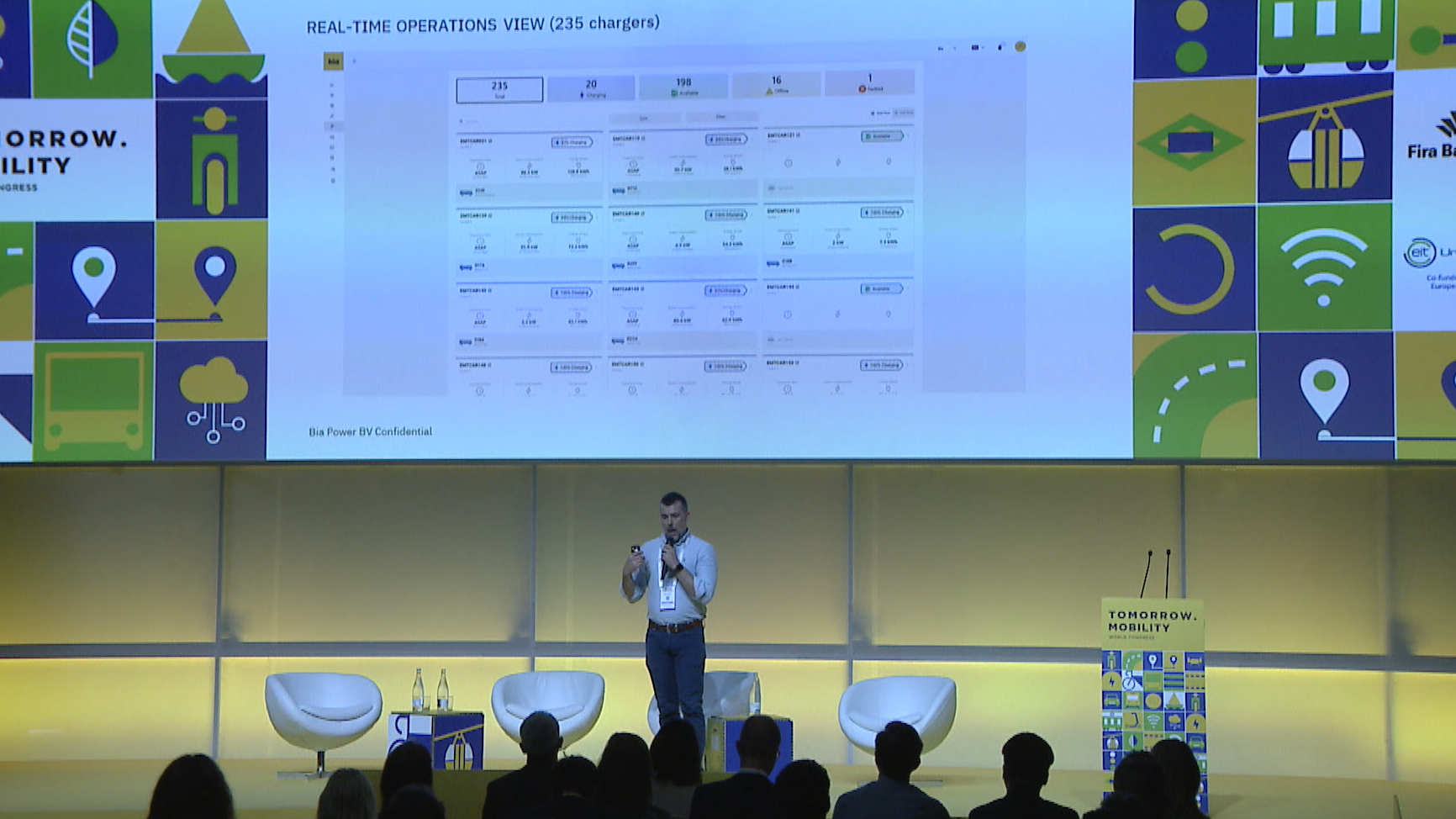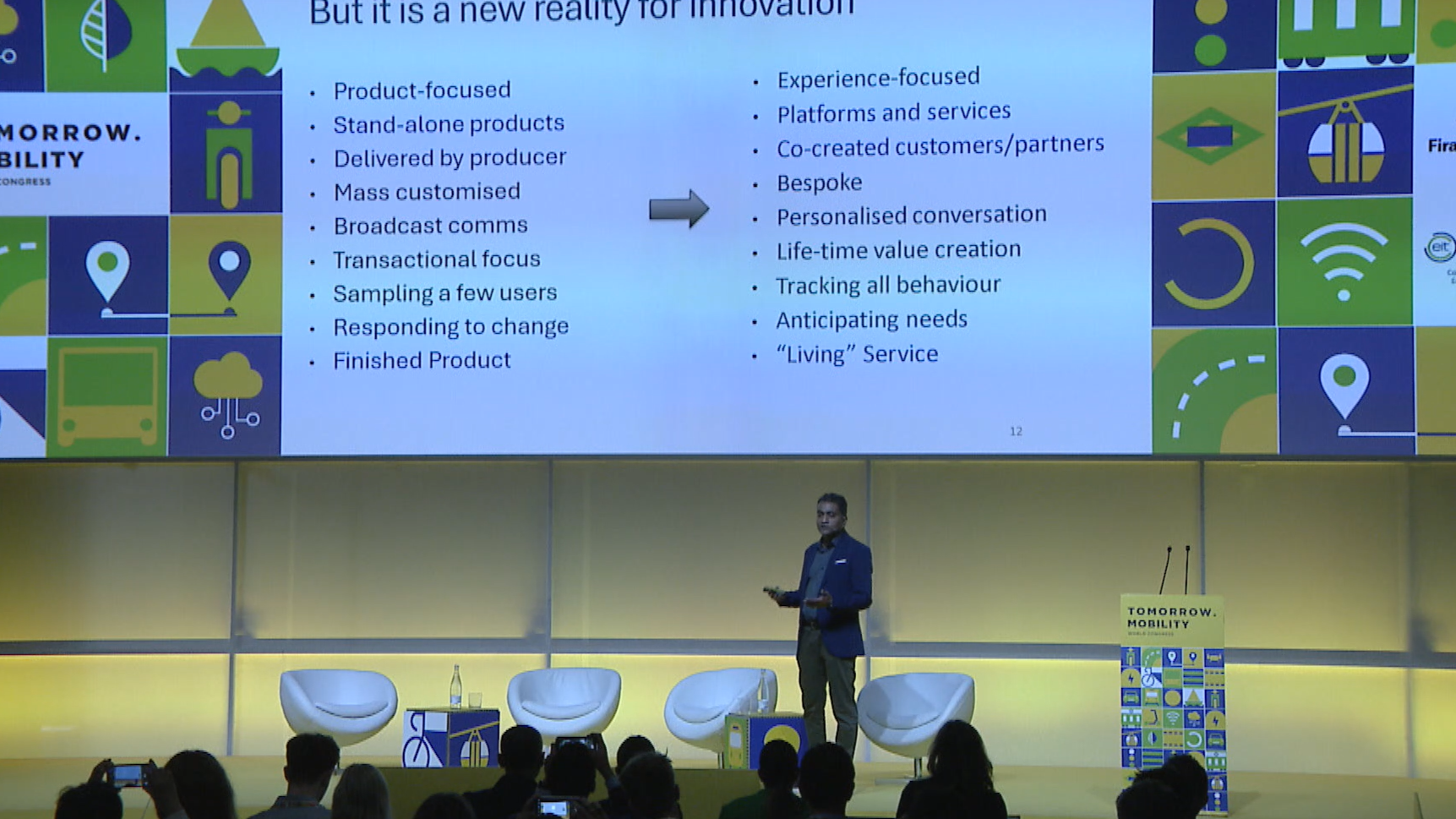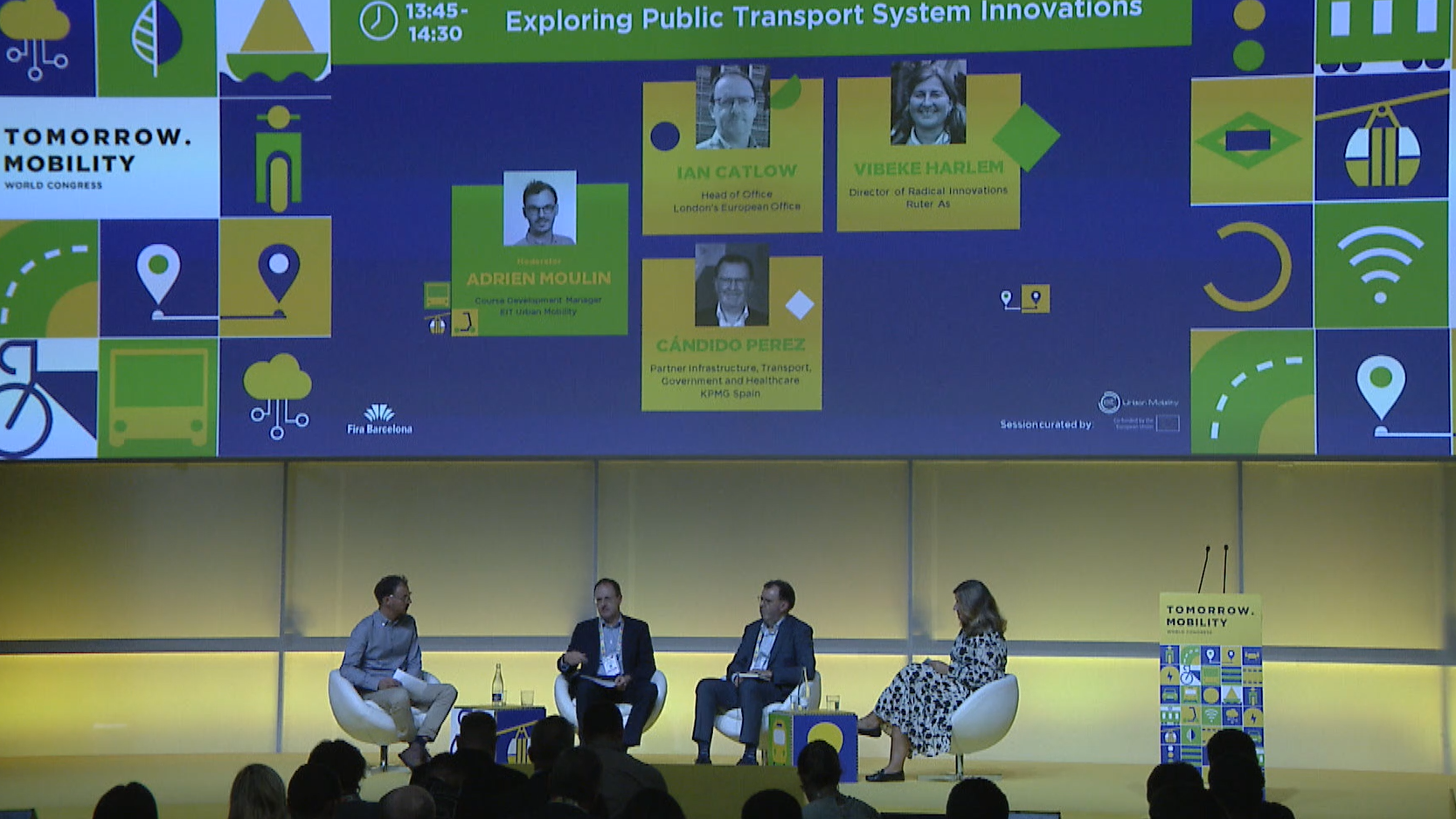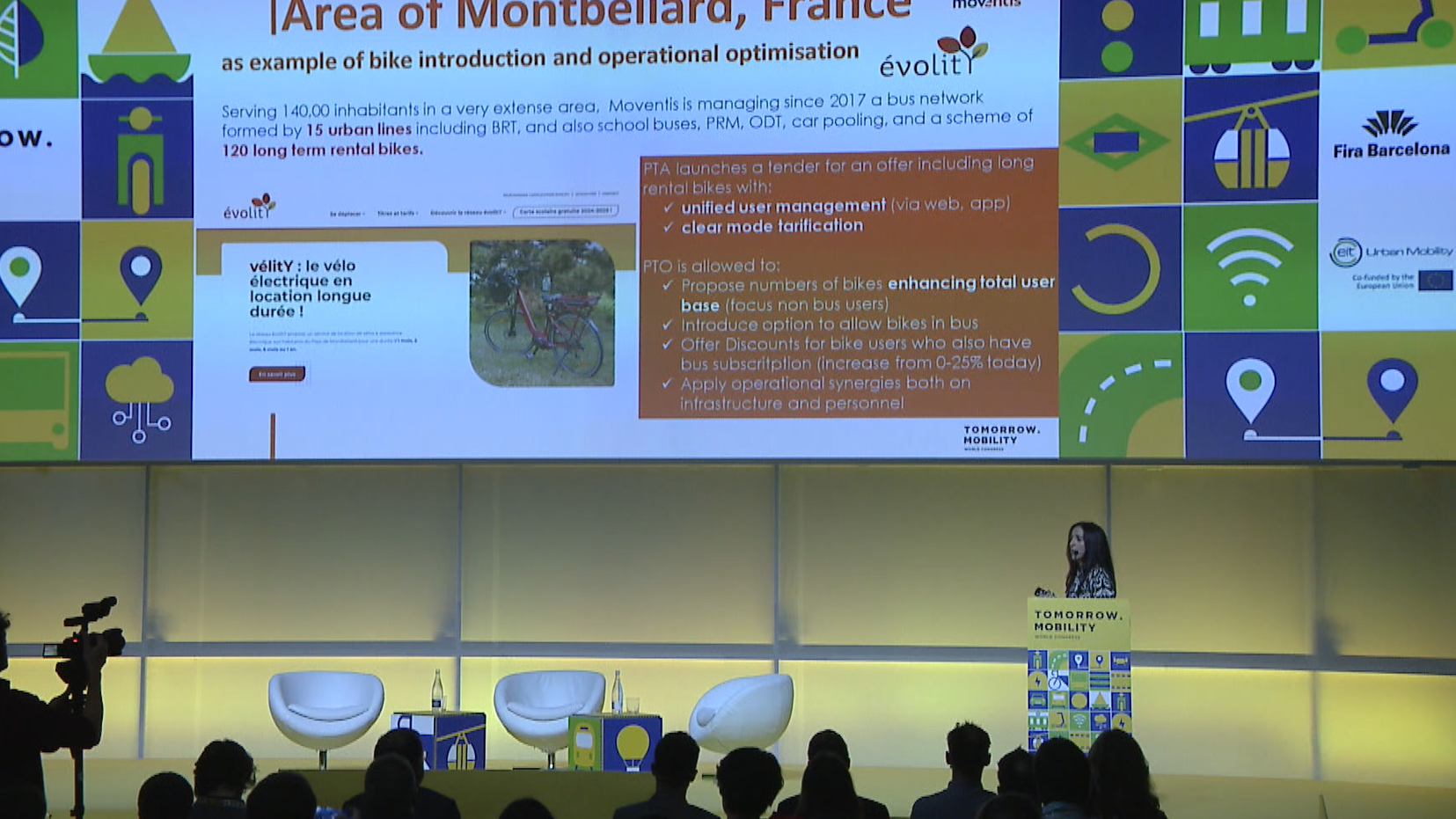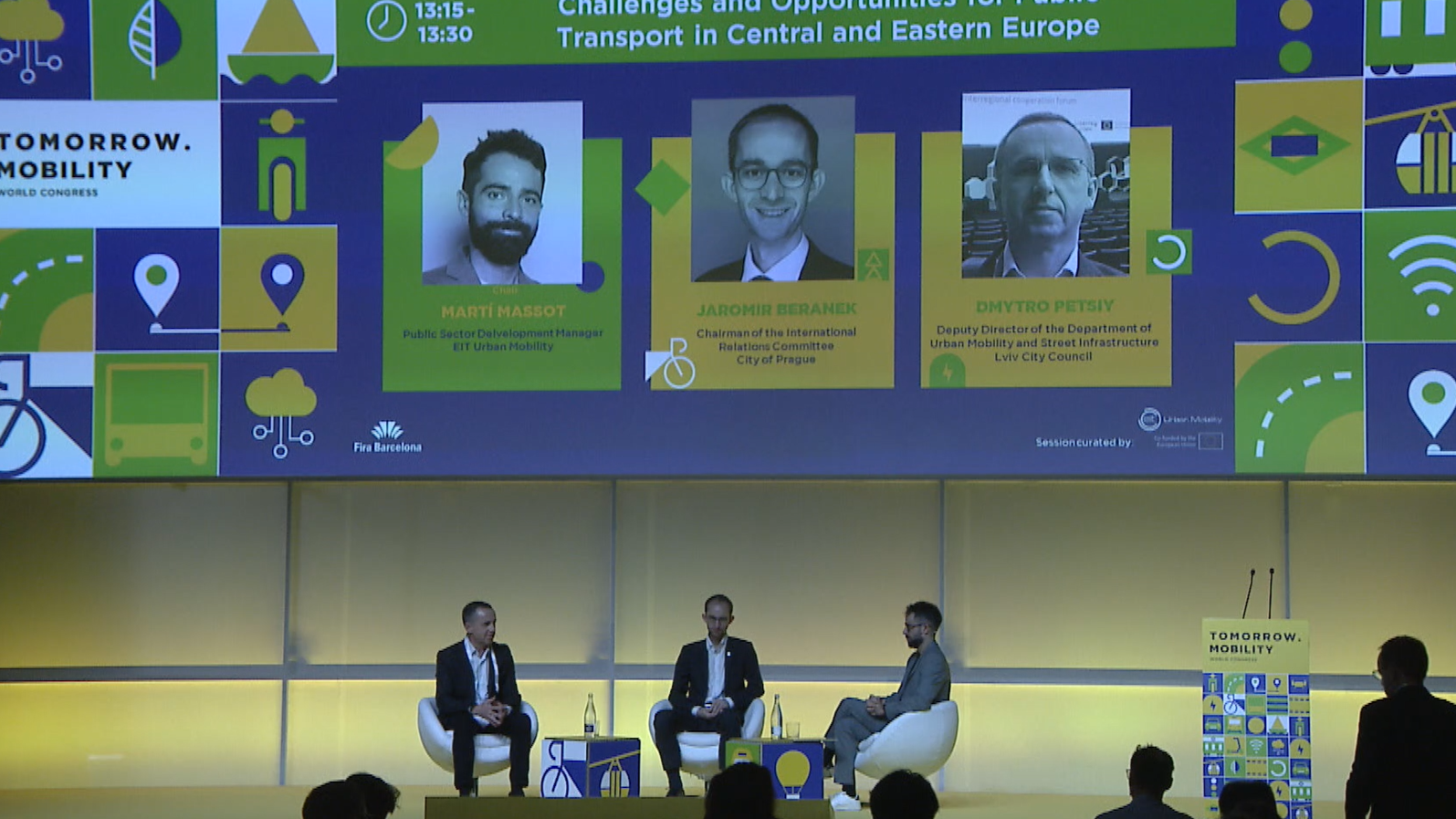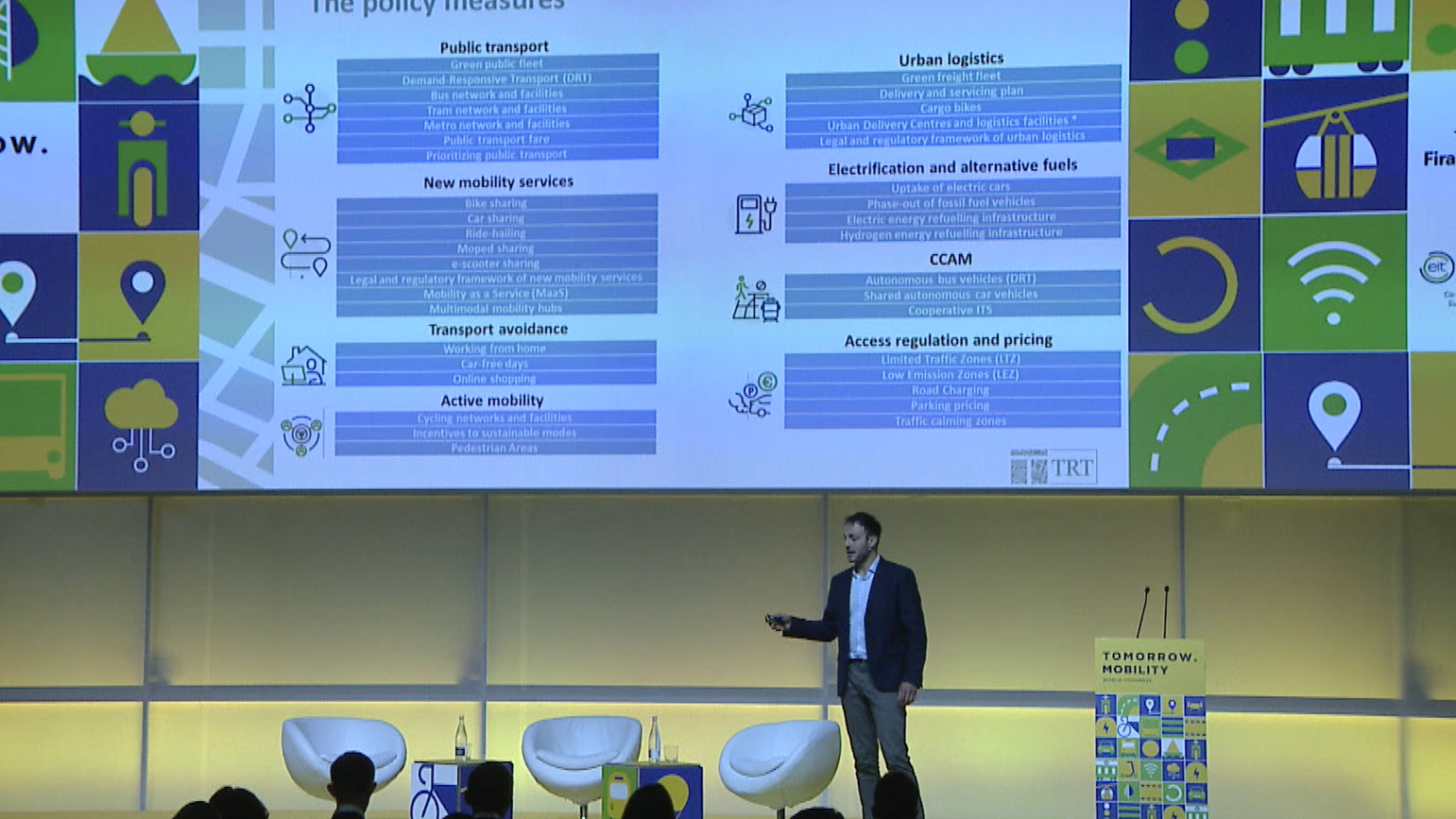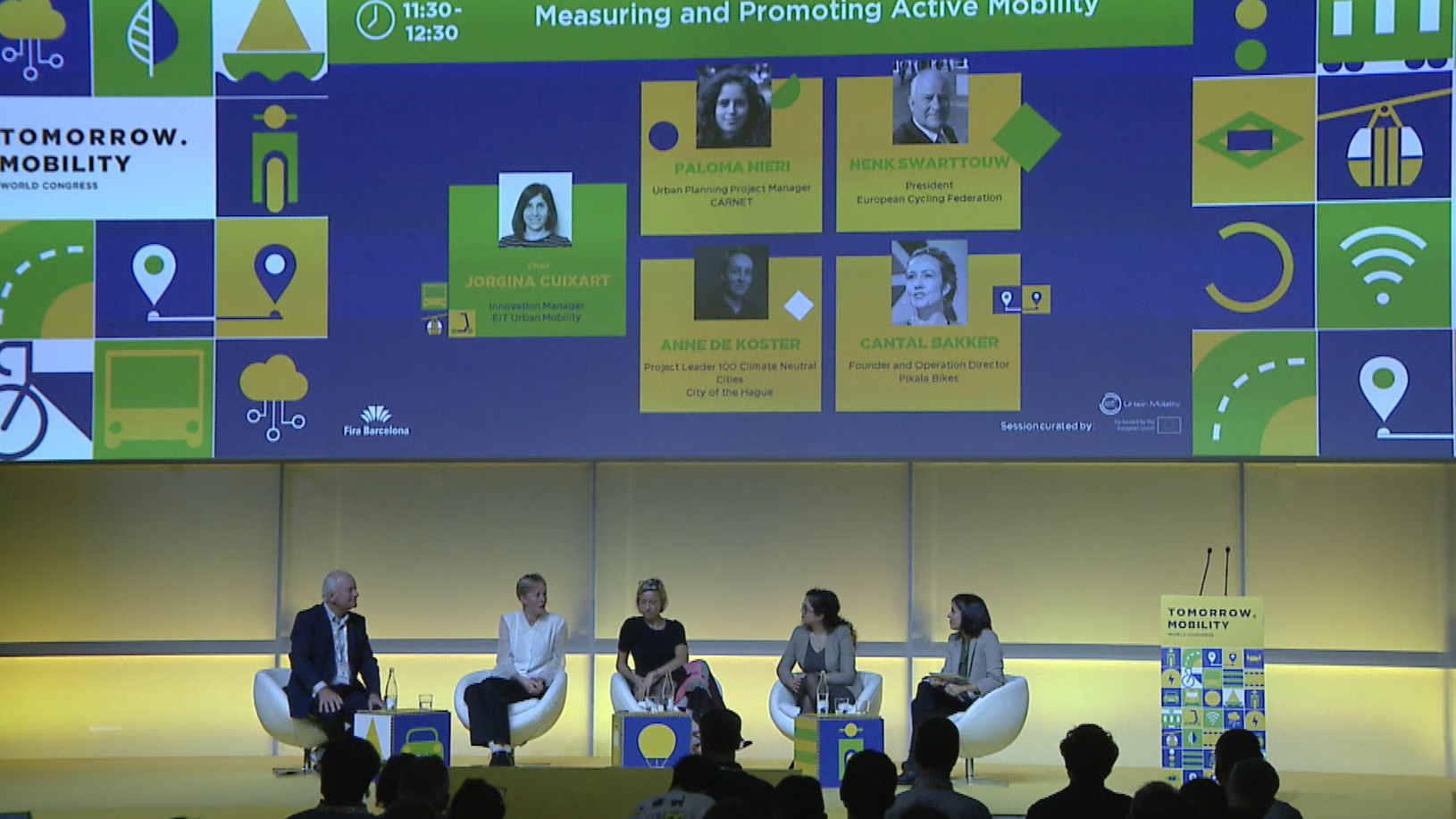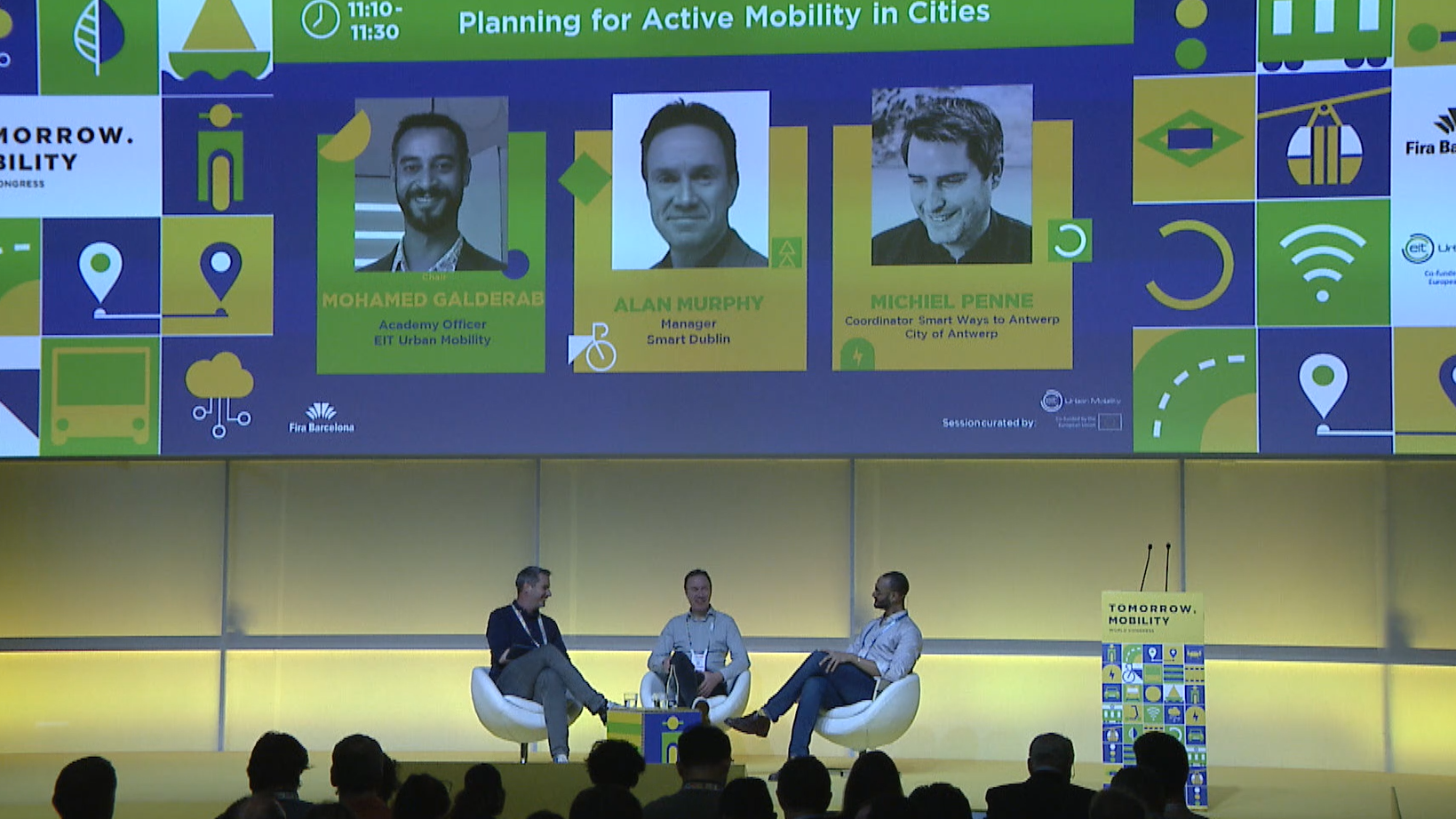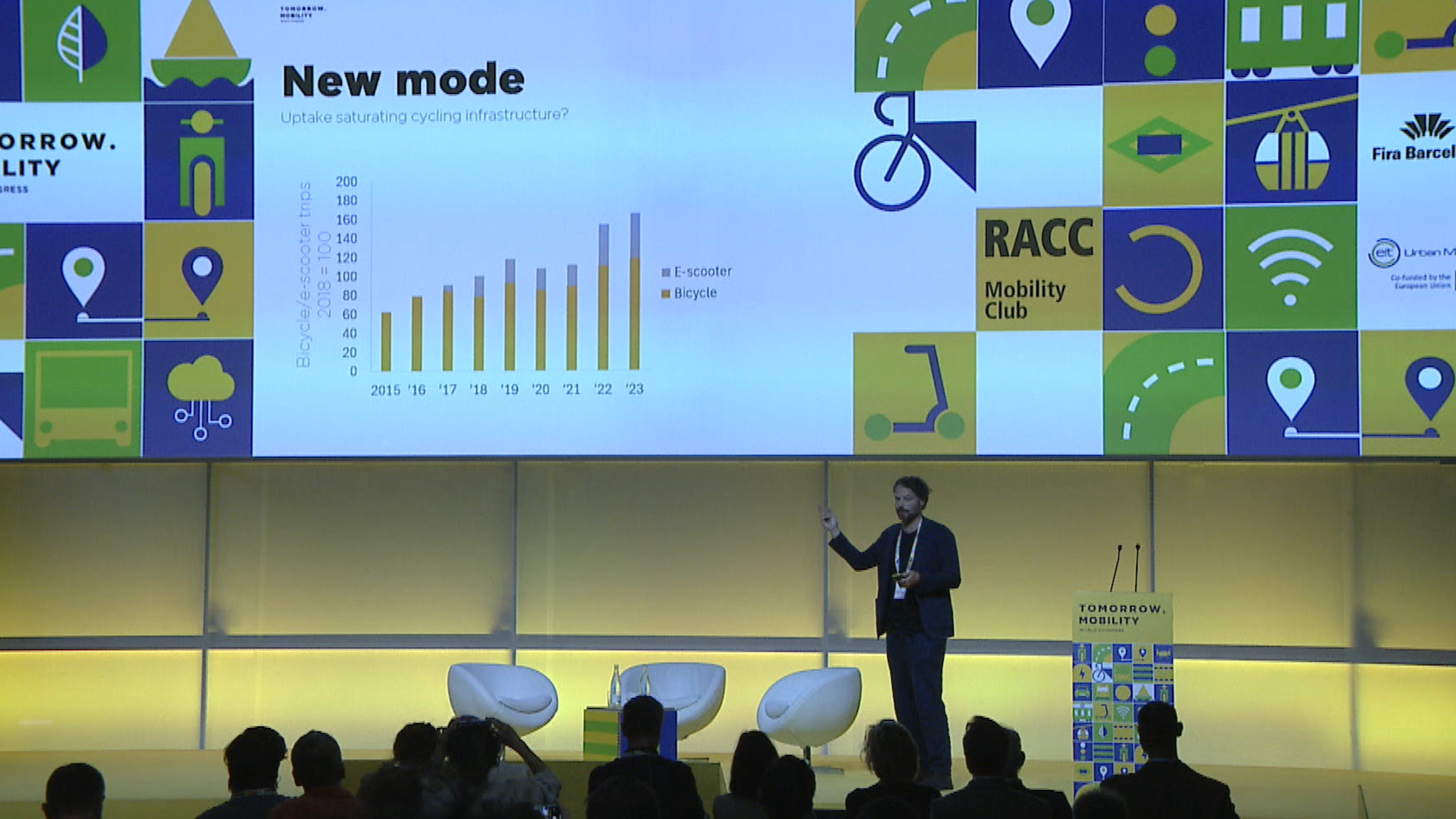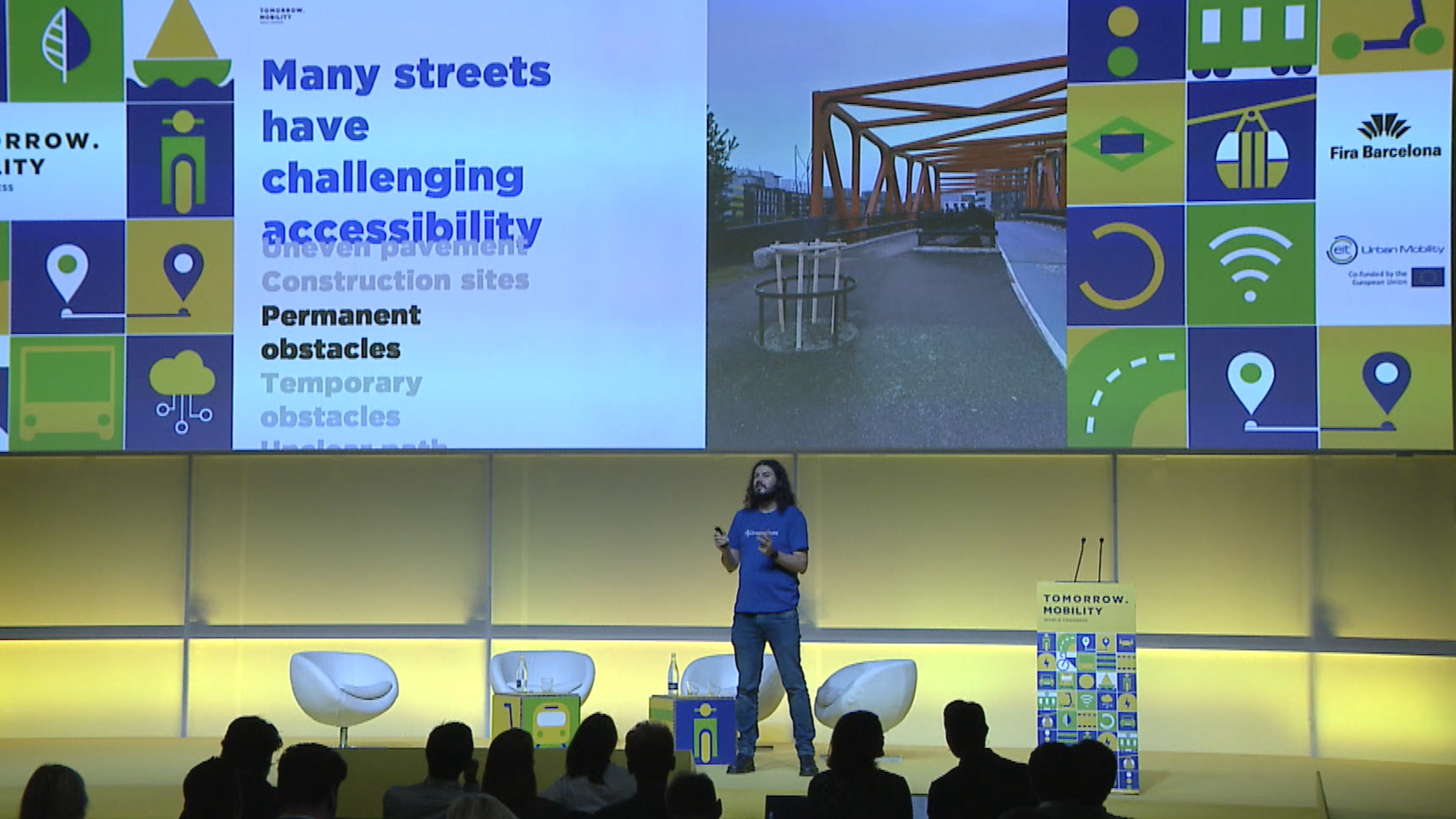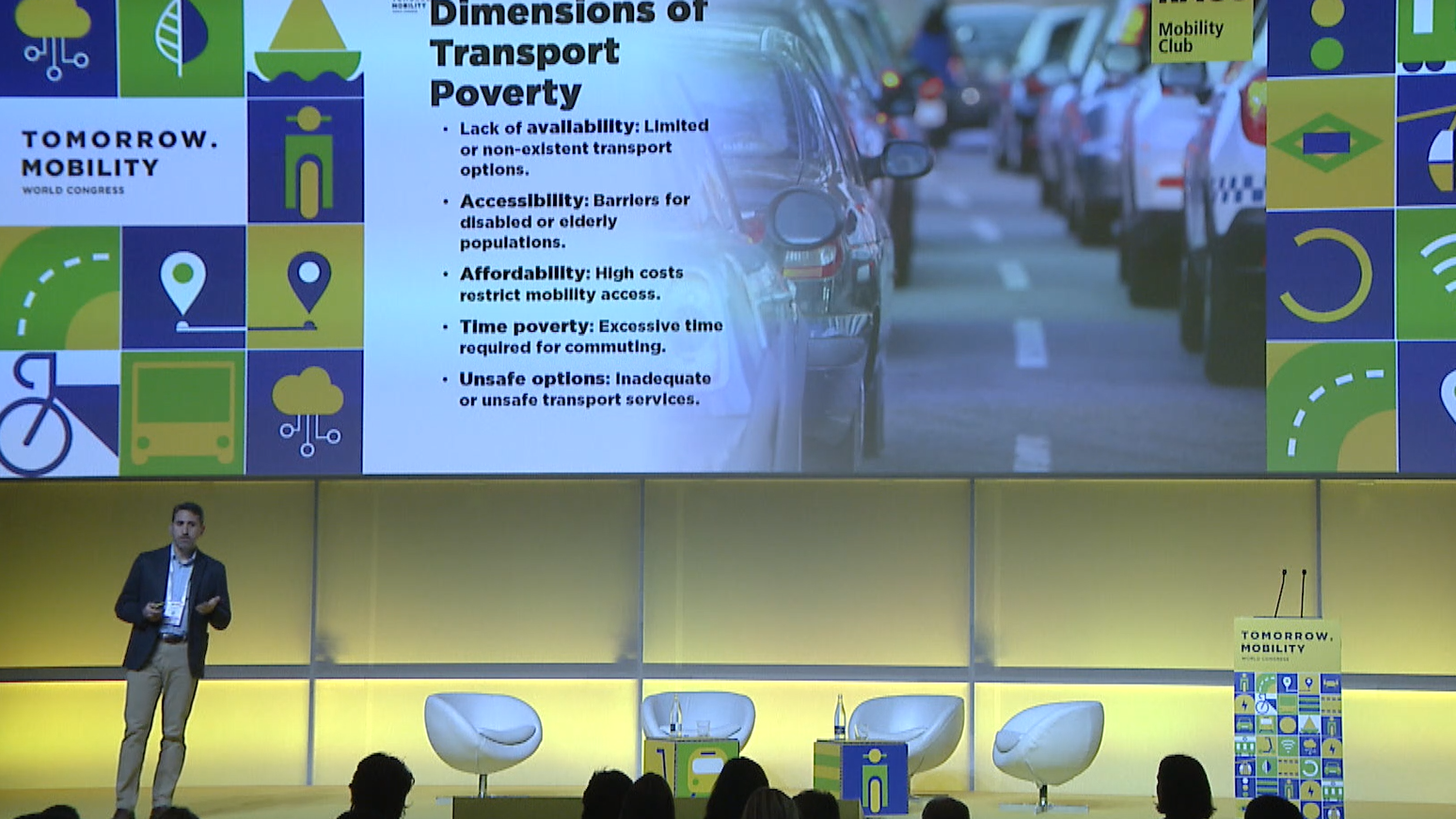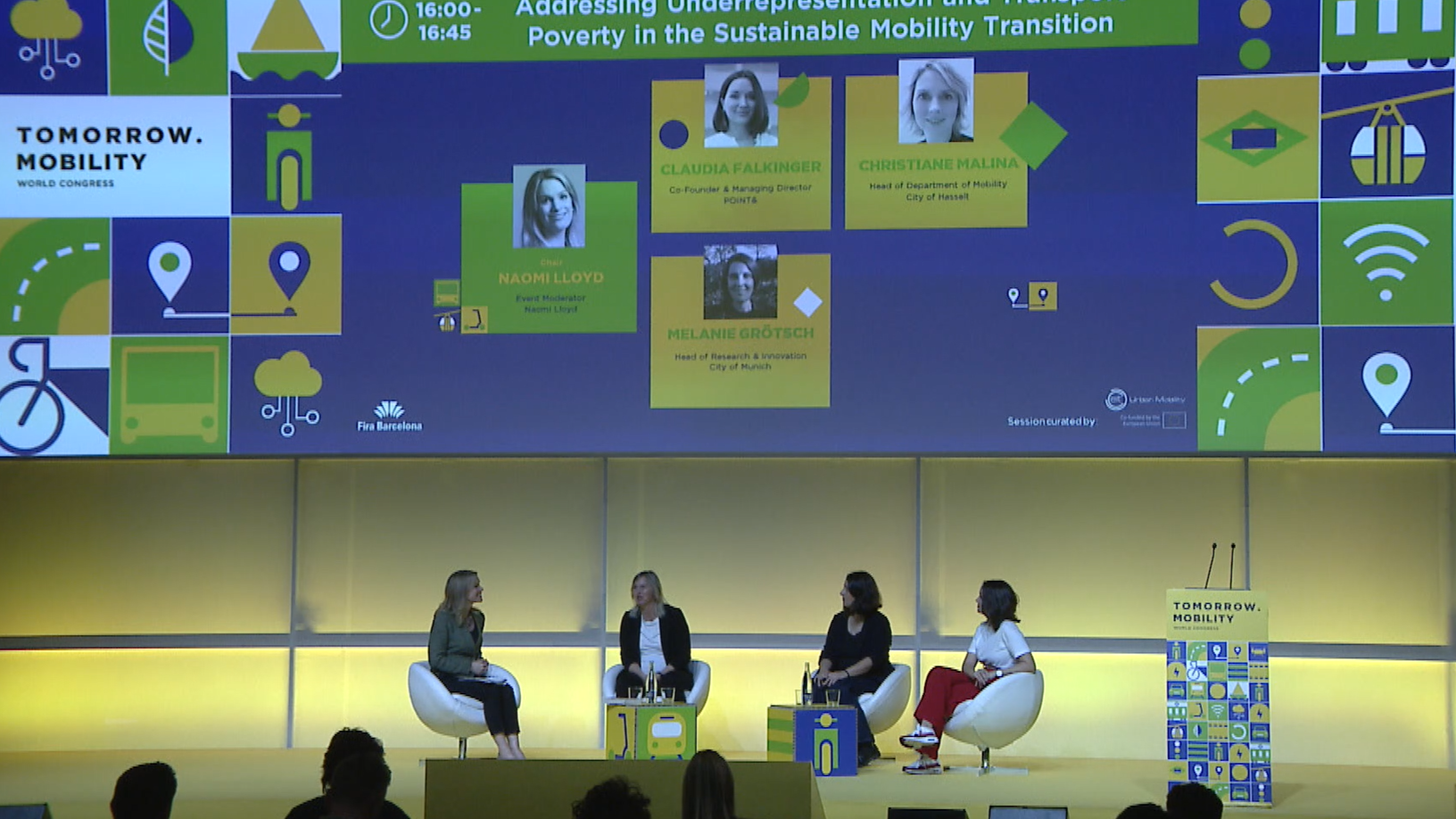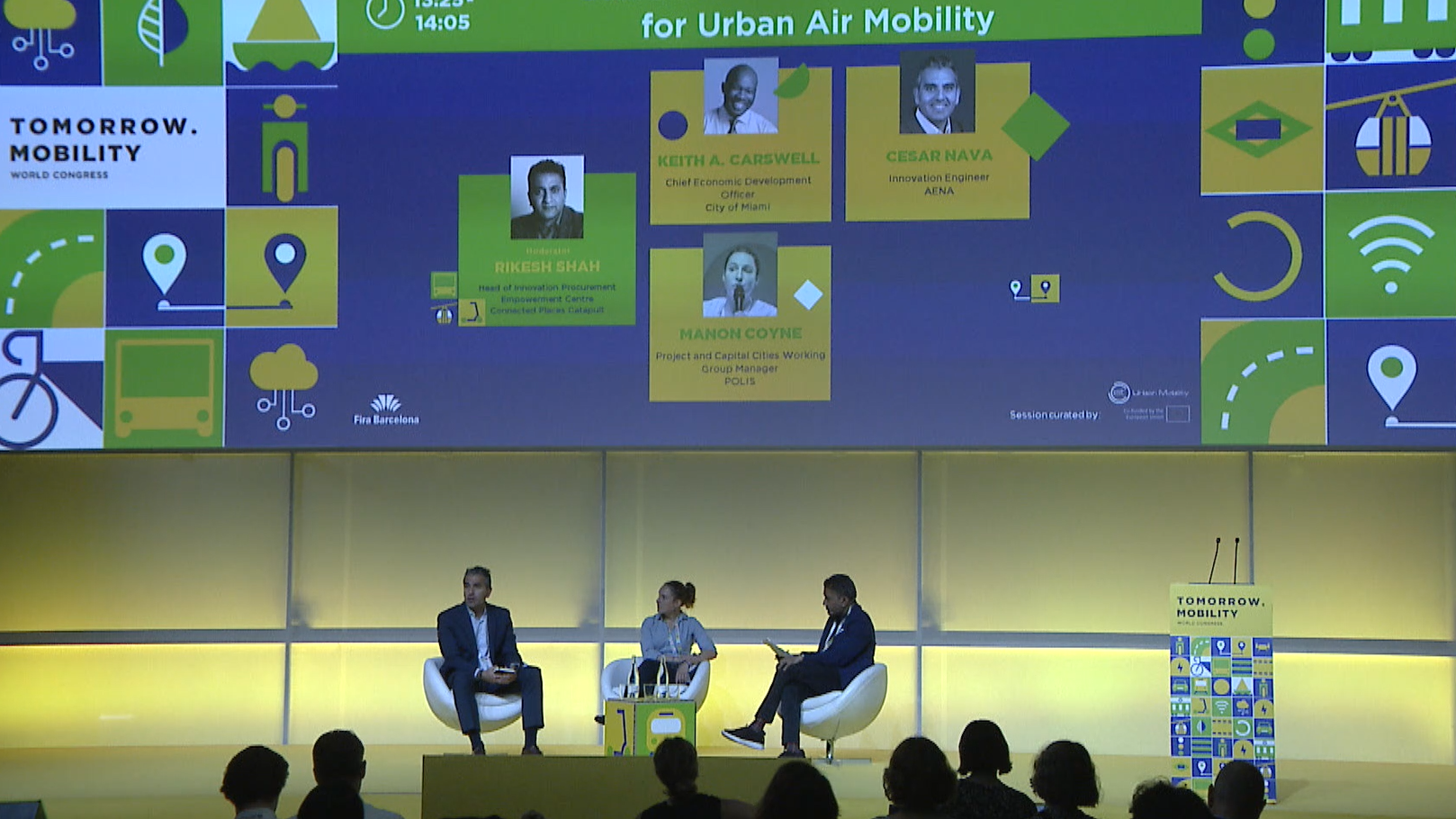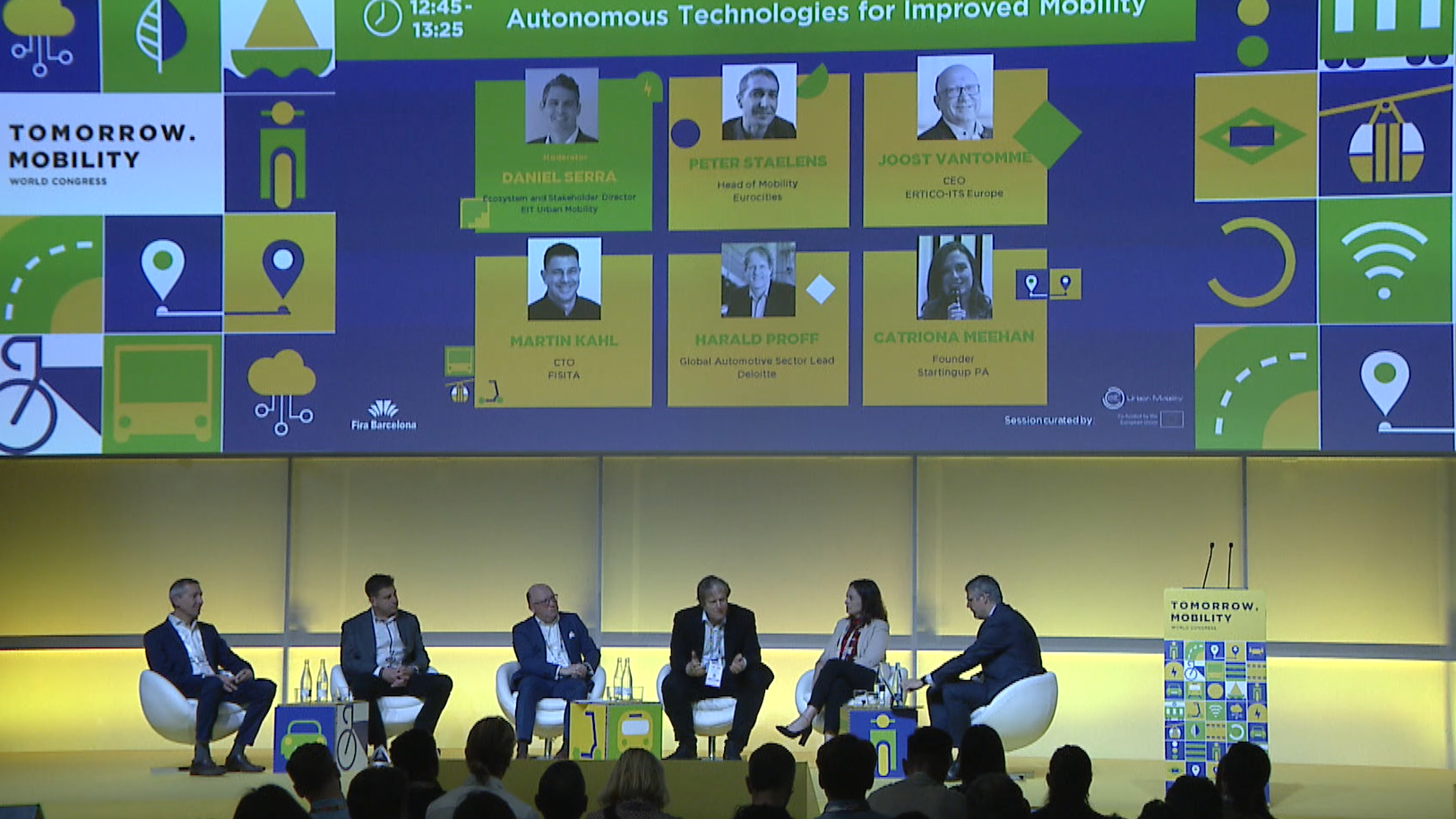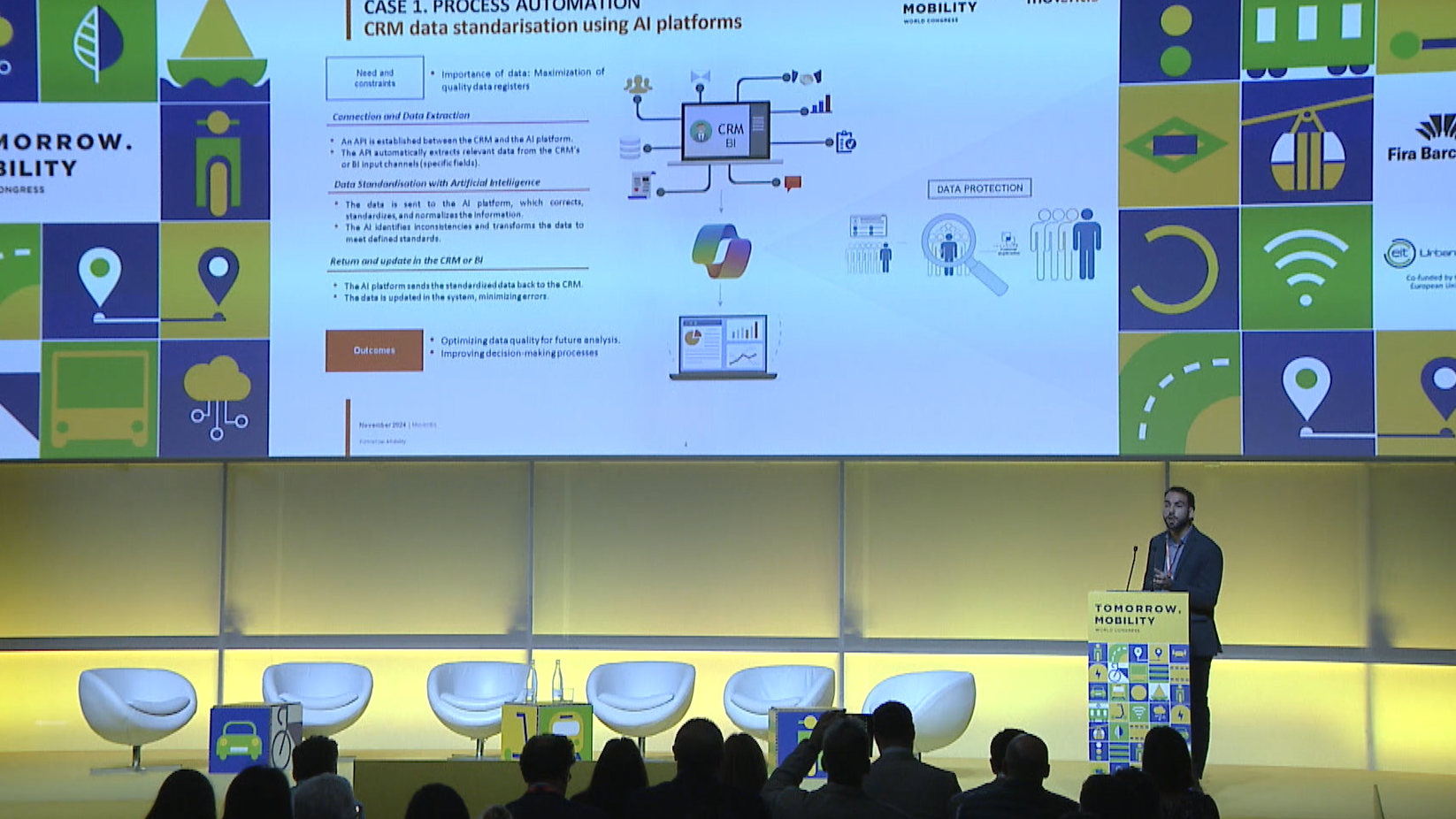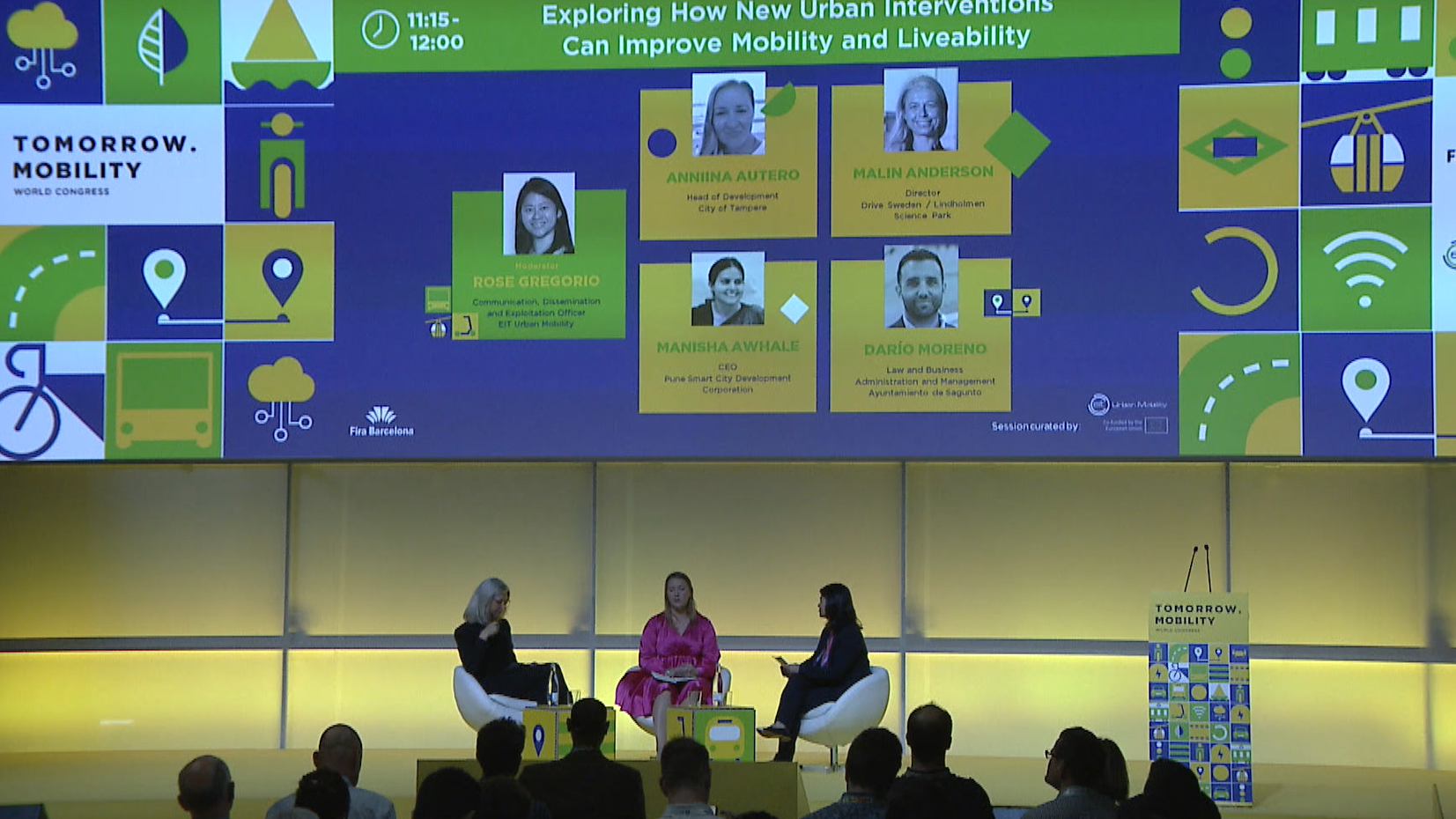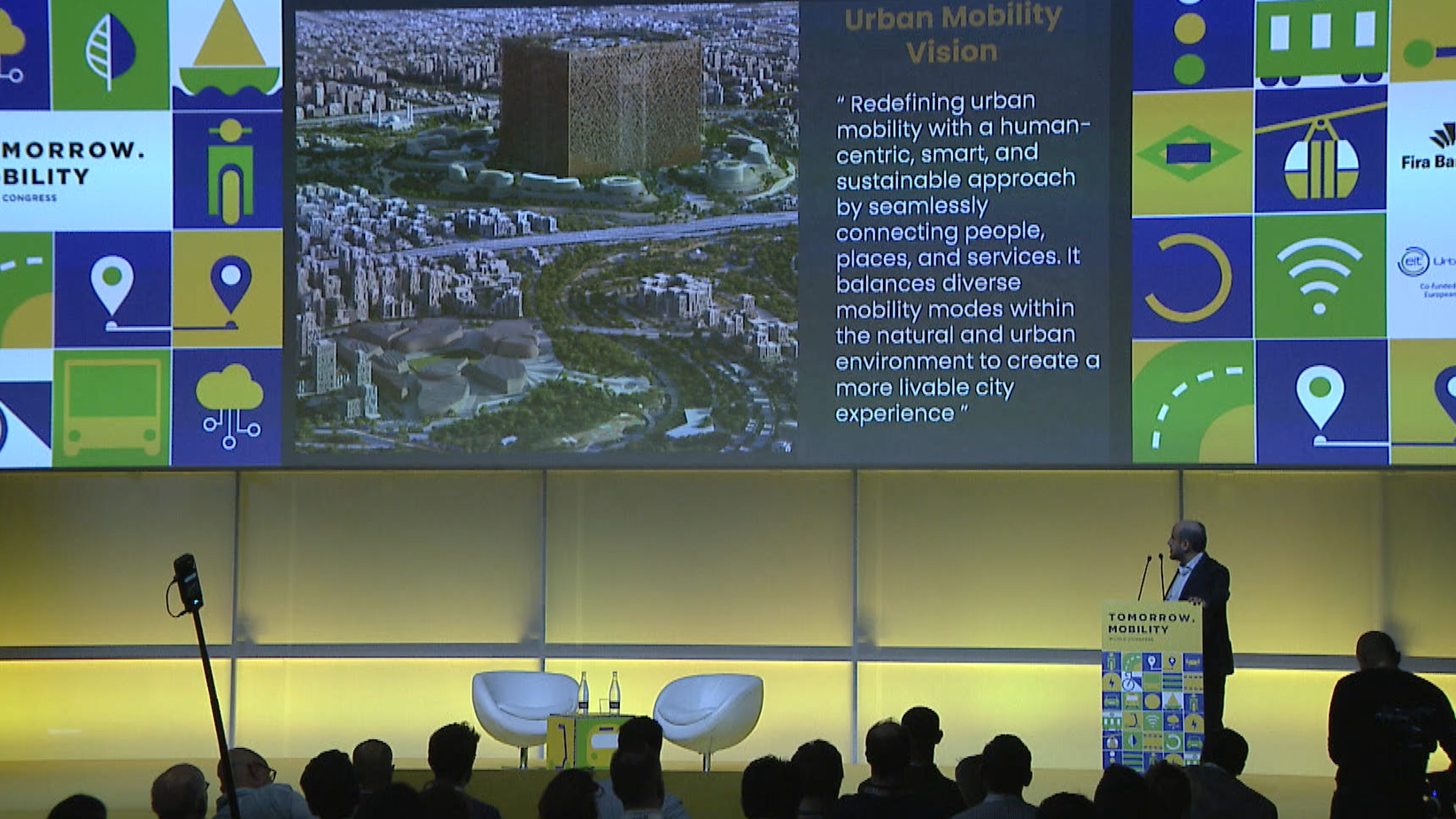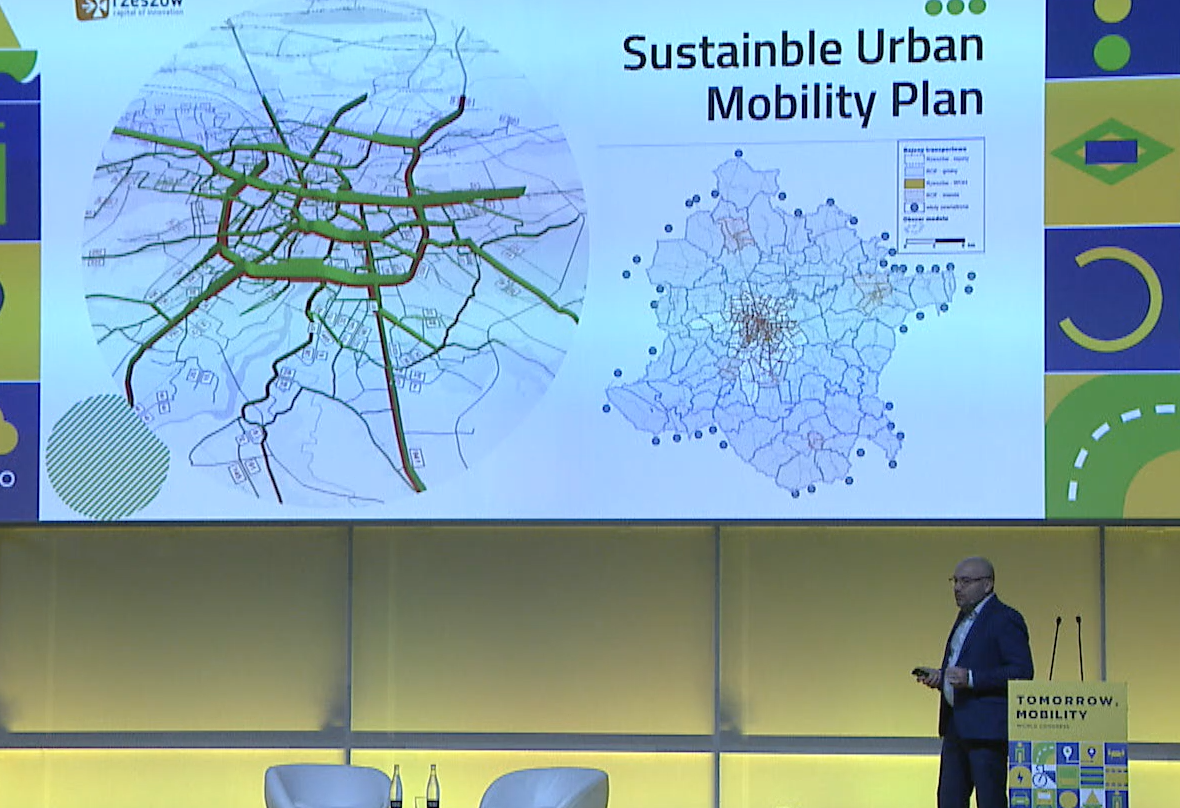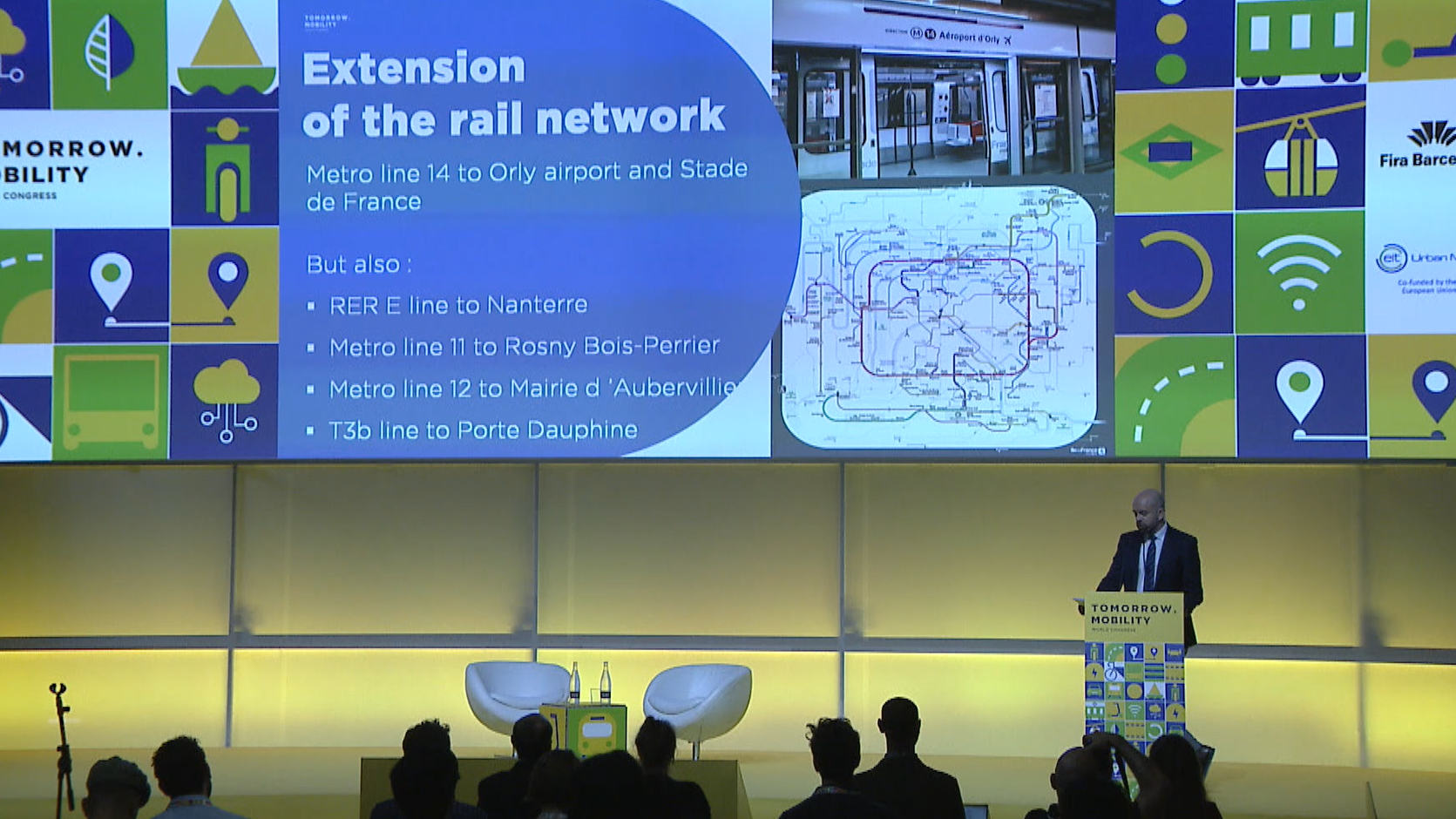Author | M. Martínez Euklidiadas
If cities really want more people to cycle, what do they need to do? All the success stories and scientific literature point out key aspects such as building protected and connected bicycle lanes, creating a network of parking spaces for bikes; and favoring mixed-mode commuting. How can active modes of transport be promoted? How can we create better cities by integrating bicycles into the infrastructure?
Does induced demand apply to cycling infrastructure? “Build it and they will come”
Yes. Induced demand is a phenomenon whereby modal shifts are observed when an infrastructure is extended, sometimes to the detriment of others. For example, allocating one of three conventional lanes to protect it and exclusively allowing bicycles to use it tends to result in an increase of these, to the detriment of drivers (traffic evaporation).
This increase in demand is due to multiple reasons and is, therefore, not the result of a single element. However, there are two factors that are key:
- Reduced travel time compared with the initial situation. If travel times are reduced, more people will use bicycles, which is why the straightest lanes possible should be created, without zigzags.
- How predictable the new infrastructure is. When an infrastructure has very disparate travel times or unexpected obstacles (vehicles parked in the bike lane), it is used less.
However, as indicated above, these are not the only factors influencing a transfer from polluting modes (car, motorbike) to active modes (walking, cycling).
What elements does a cycling network need in order to be chosen instead of other modes?
The Copenhagen Index, the world’s most comprehensive and holistic ranking of bike-friendly cities, is compiled by assessing 14 markers such as bike infrastructure, municipal policies, bike sharing systems or cyclist safety.
In the ranking, top 10 cities are located in Europe, and Bogota (14) and Tokyo (16) are the highest-ranked non-European cities on the list.
Paris or Amsterdam are two veterans in this ranking, which was first compiled in 2011, and this is thanks to two simultaneous factors:
For mass cycling to be achieved, as in the city of Paris in recent years, or in Amsterdam, three factors must come together:
Parking for bikes
with systems such as inverted U-stands that allow bikes to be attached, if possible next to cycle lanes and in key locations. For example, all schools, hospitals, police stations, sports facilities, libraries, etc. should have parking areas for bikes at the entrance. And it would be even better if these were located closer than conventional car parks for motorized vehicles because the aim is to provide advantages for cyclists.
In 2017, a Dutch city, Utrecht, inaugurated the world’s biggest bike garage. Its 22,000 spaces are divided into five parking places specifically for bikes and they are located close to public transport terminals, enabling multi-modal access to transport. It also uses a digital system to help users find their allocated spaces.
 There are dozens of parking spaces for bicycles in front of the Academy of Fine Arts Vienna | CC0 License)
There are dozens of parking spaces for bicycles in front of the Academy of Fine Arts Vienna | CC0 License)
Protected bike lanes
Lanes are protected from dangerous traffic (motorbikes, cars, vans, buses), which means motorized vehicles cannot physically access them. For example, because there are bollards preventing access. Separated bike lanes are protected lanes that do not run alongside conventional roads and they are even safer. This is one of the most important points; both safety and perceived safety (and the risk and the perceived risk) or stress levels improve when cars cannot access the bicycle lane.
When implementing bike lanes, it is crucial to ensure that moving or parked vehicles do not encroach upon these lanes, as it poses significant risks to cyclists, especially with the potential for car doors opening and inadvertently striking cyclists.
In general terms, a bike lane must be at least 2.2 meters wide, to allow cyclists to comfortably ride in parallel. This, however, is not always the case.
Portland in the United States is among the cities that have chosen to prioritize bicycle usage. With over 110 kilometers of dedicated lanes, cyclists are placed in a hierarchical position above drivers as primary users of public roads.
 Tactical urbanism in Paris: a road is pacified by adding a bi-directional protected bike lane. | CC0
Tactical urbanism in Paris: a road is pacified by adding a bi-directional protected bike lane. | CC0
Connected lanes
There is no point having an infrastructure that makes cyclists have to pedal between traffic every few hundred meters or that forces them to use the sidewalk. Cycling networks should form a grid, as conventional lanes do.
For instance, Bremen serves as a prime example of an unbroken cycling network. With an area of 318.21 square kilometers and a population of 500,000, residents enjoy 821 kilometers of bike paths.
Going a step further, the German city is the first to establish an entire bicycle zone: The Neustadt district, comprised of 12 streets dedicated to cycling. This cycling neighborhood offers a connected network, ample parking facilities, consistent signage, and permits bicycles to travel in parallel while adhering to a speed limit of 30 km/h.
Additional cities with existing projects aimed at expanding their cycling networks include:
Wellington, New Zealand
With just 23 km of bike lanes in 2021, most of which were along the coastline, four new bike lanes were introduced in 2022 and an additional six are currently in development, with the aim of expanding its network to 73 kilometers of cycling lanes in the near future and having 166 kilometers of interconnected bike lanes throughout the capital within a decade.
Fortaleza, Brazil
Fortaleza was one of the cities selected in the Bloomberg Initiative for Cycling Infrastructure (BICI) to receive $1 million to invest in its cycling infrastructure.
The objective is to utilize the allocated funds to construct 180 kilometers of cycling infrastructure within three years. However, the city’s ambition extends further, with plans to expand this infrastructure to 600 kilometers by 2026.
 Map of a dense cycling infrastructure in Barcelona |Barcelona City Council
Map of a dense cycling infrastructure in Barcelona |Barcelona City Council
Connecting cycling infrastructure combined with the rest of the urban infrastructure
Another key factor for getting people to use bikes, is that the places they visit should have a direct connection with the cycling network. There is no point having a parking area for bikes in front of a public library if the nearest protected bike lane is located kilometers away. This is particularly true in terms of connecting cycling networks with the bus network, the train network, the park network, etc.
Some cities are extending the ban on private motorized vehicles in the areas surrounding these hubs, preventing traffic near schools or sports areas, with the exception of delivery or reduced mobility vehicles. This makes using bikes even more convenient for citizens rather than using their cars.
Others have divided some of their neighborhoods by creating long pedestrian lanes, such as in the Mariahilfer shopping street in Vienna; while others have sectioned the city into zones that cannot be accessed by car unless you live there, such as in Ghent.
The factor that probably causes most friction and which is unavoidable, is that space for private motorized vehicles will have to be reduced in order to conduct these urban transformations.
Top image | Babak Habibi
